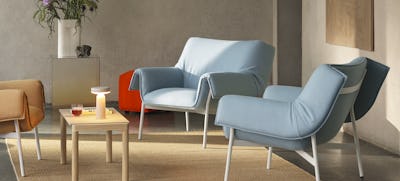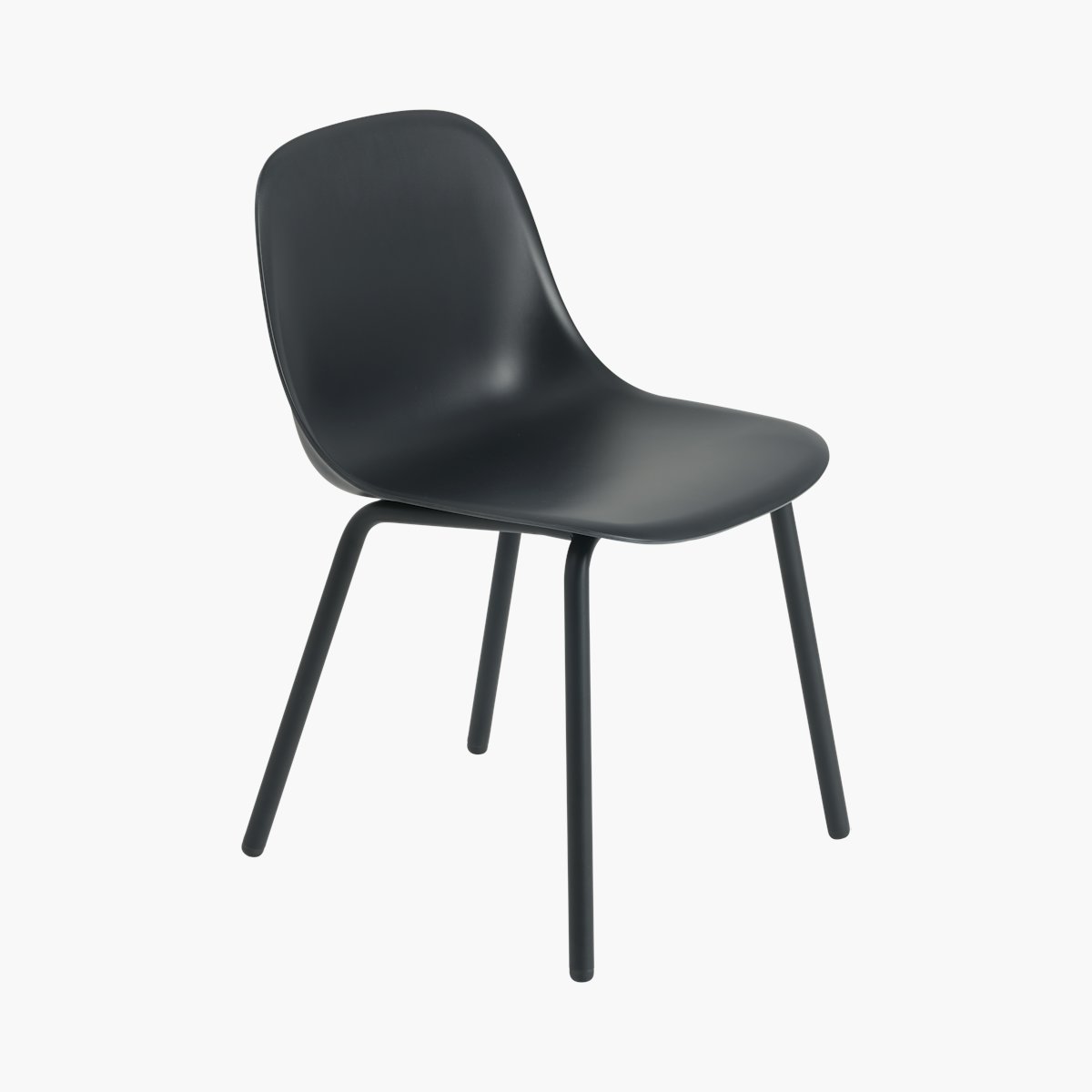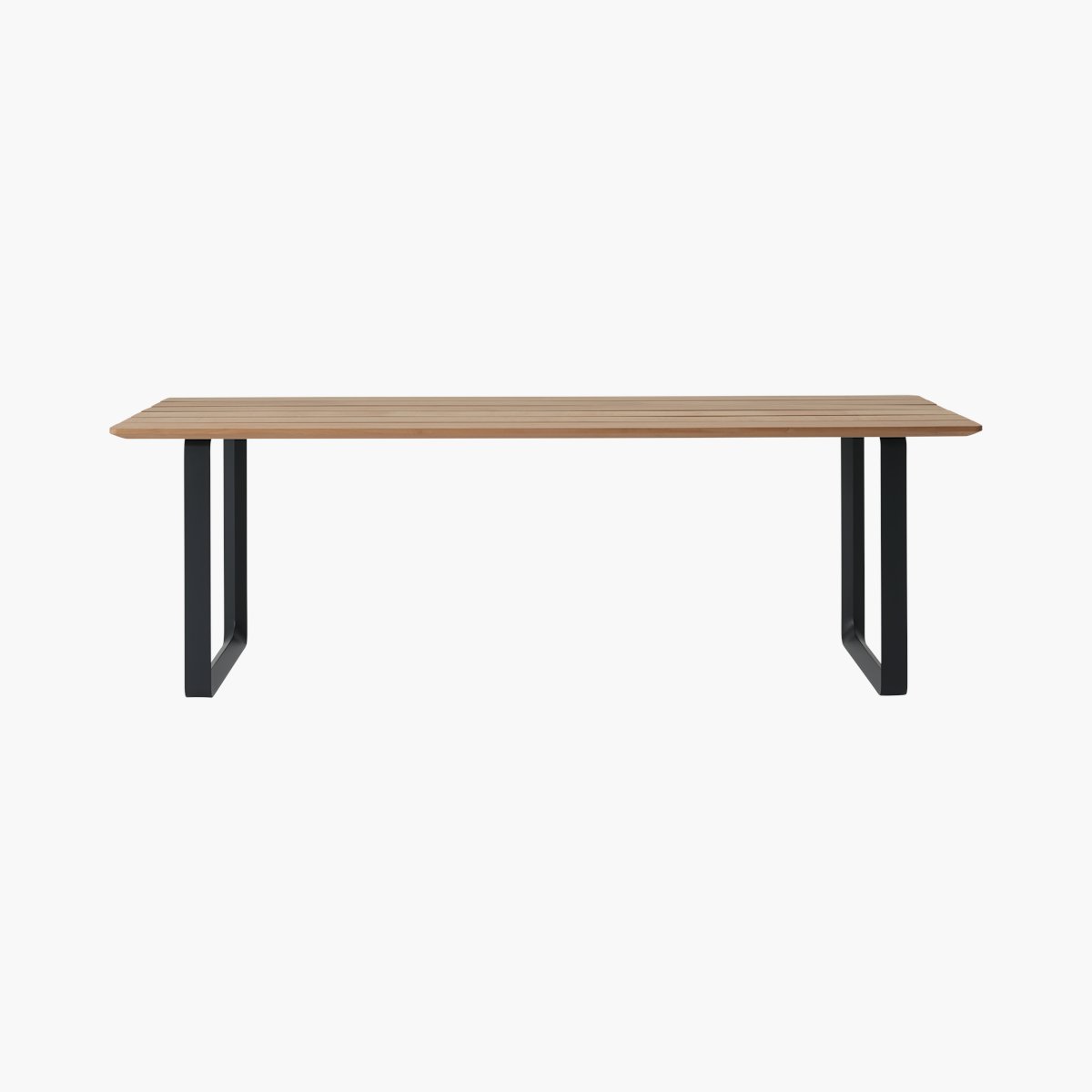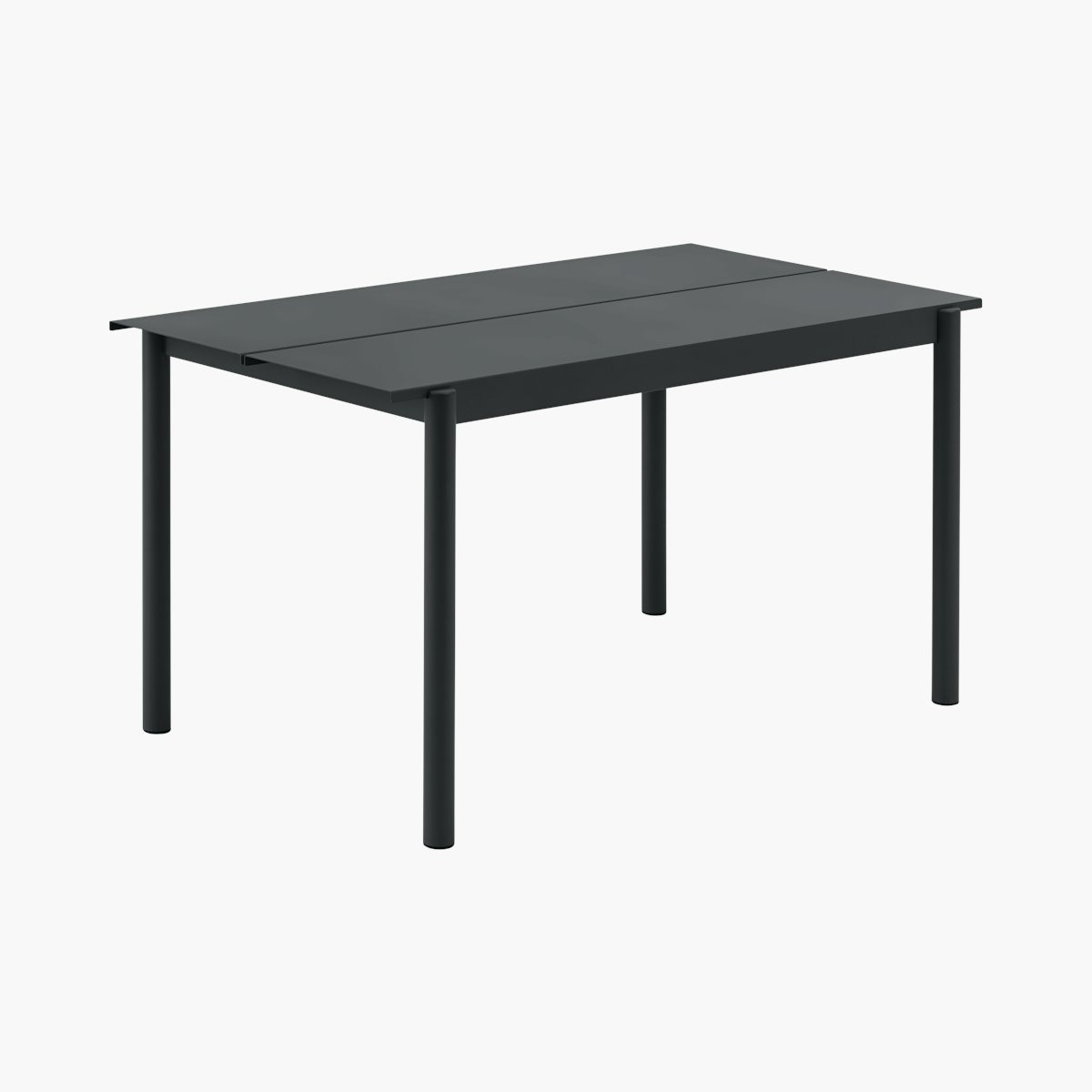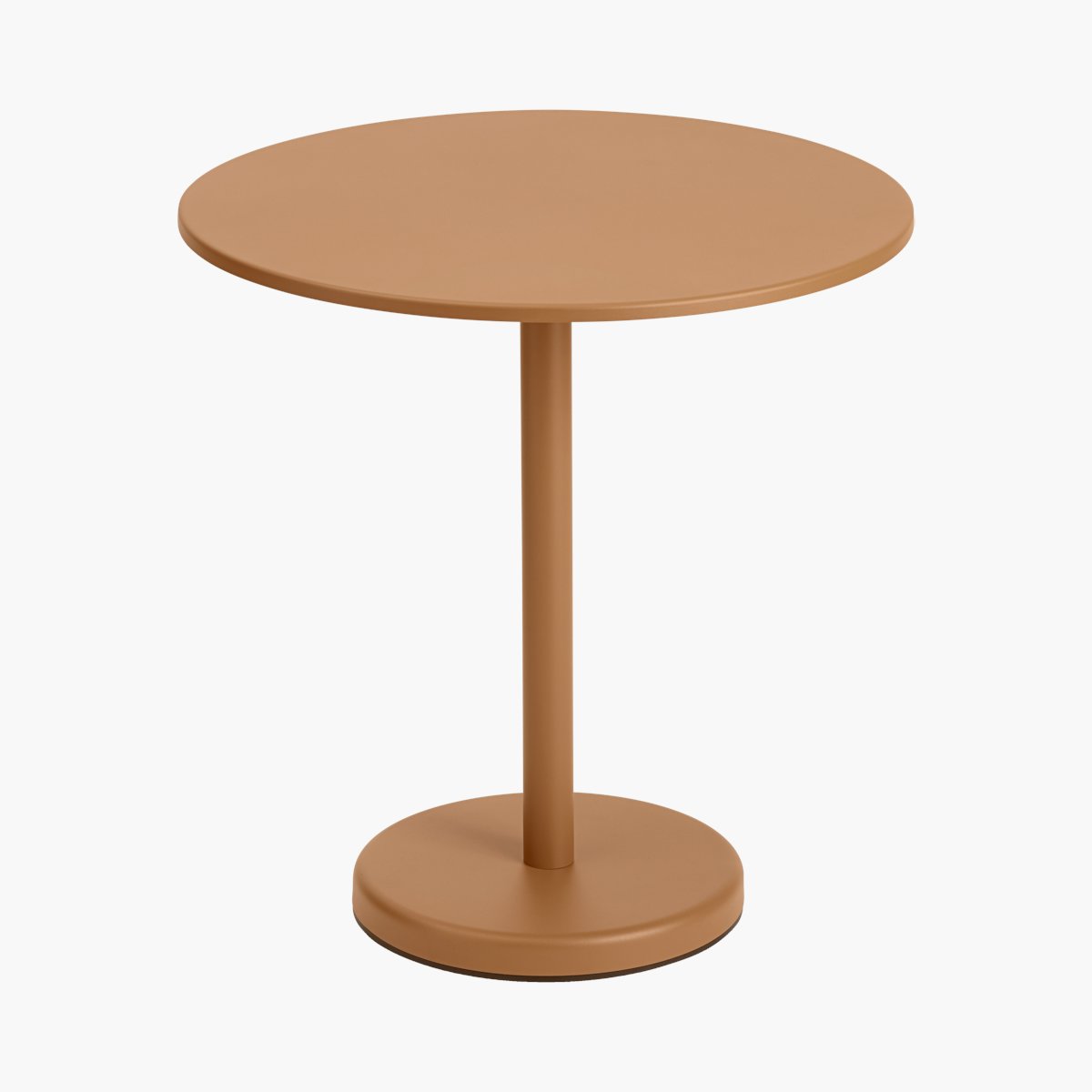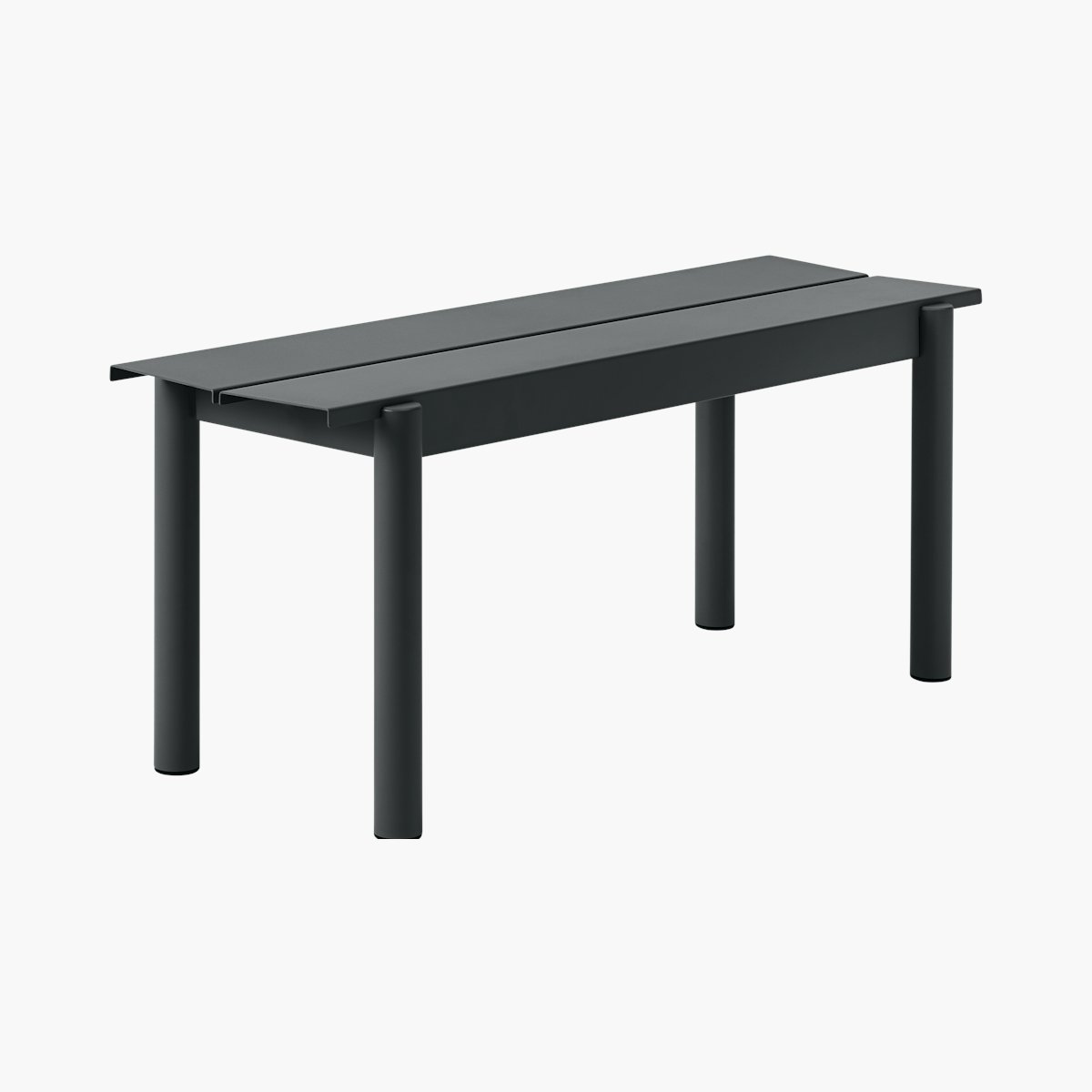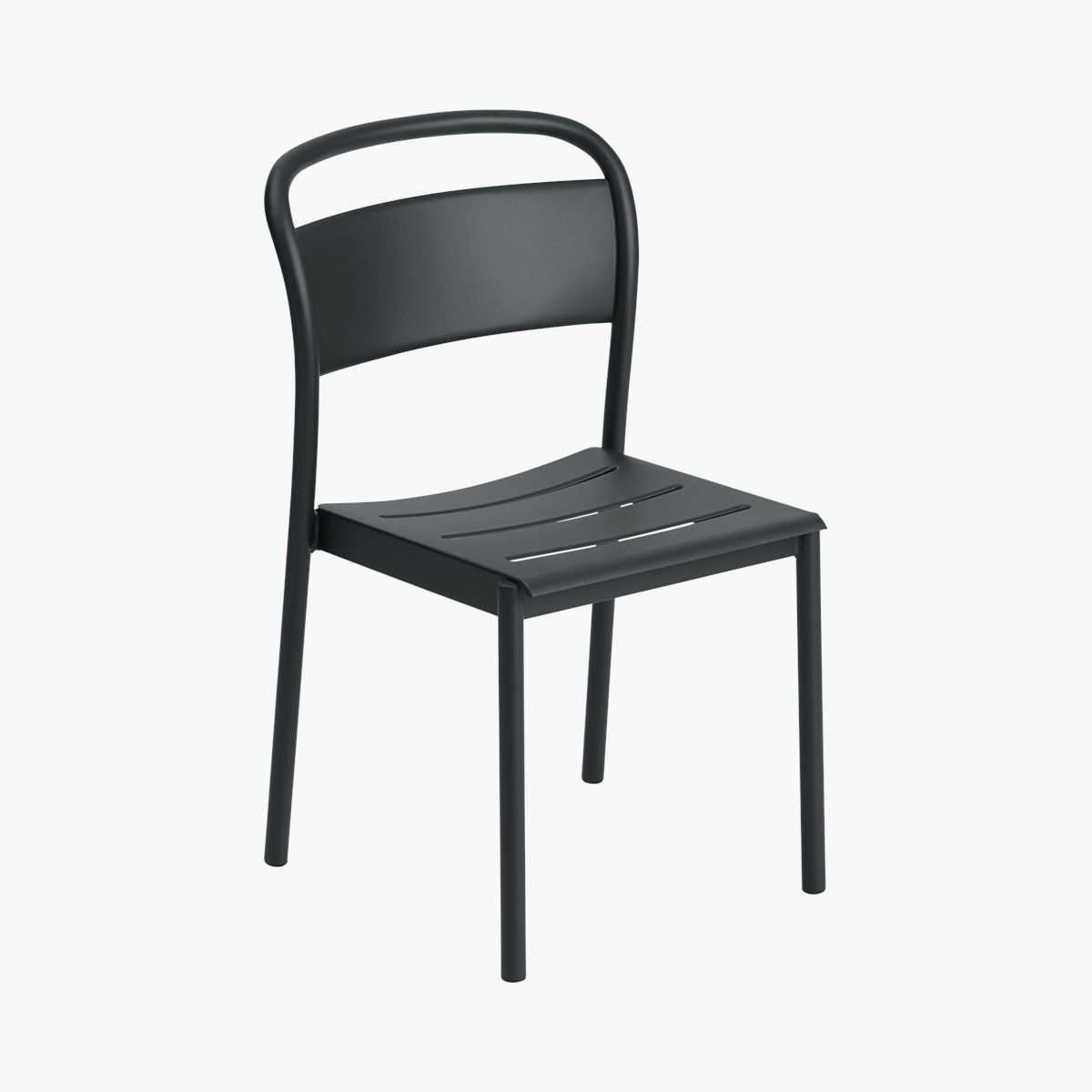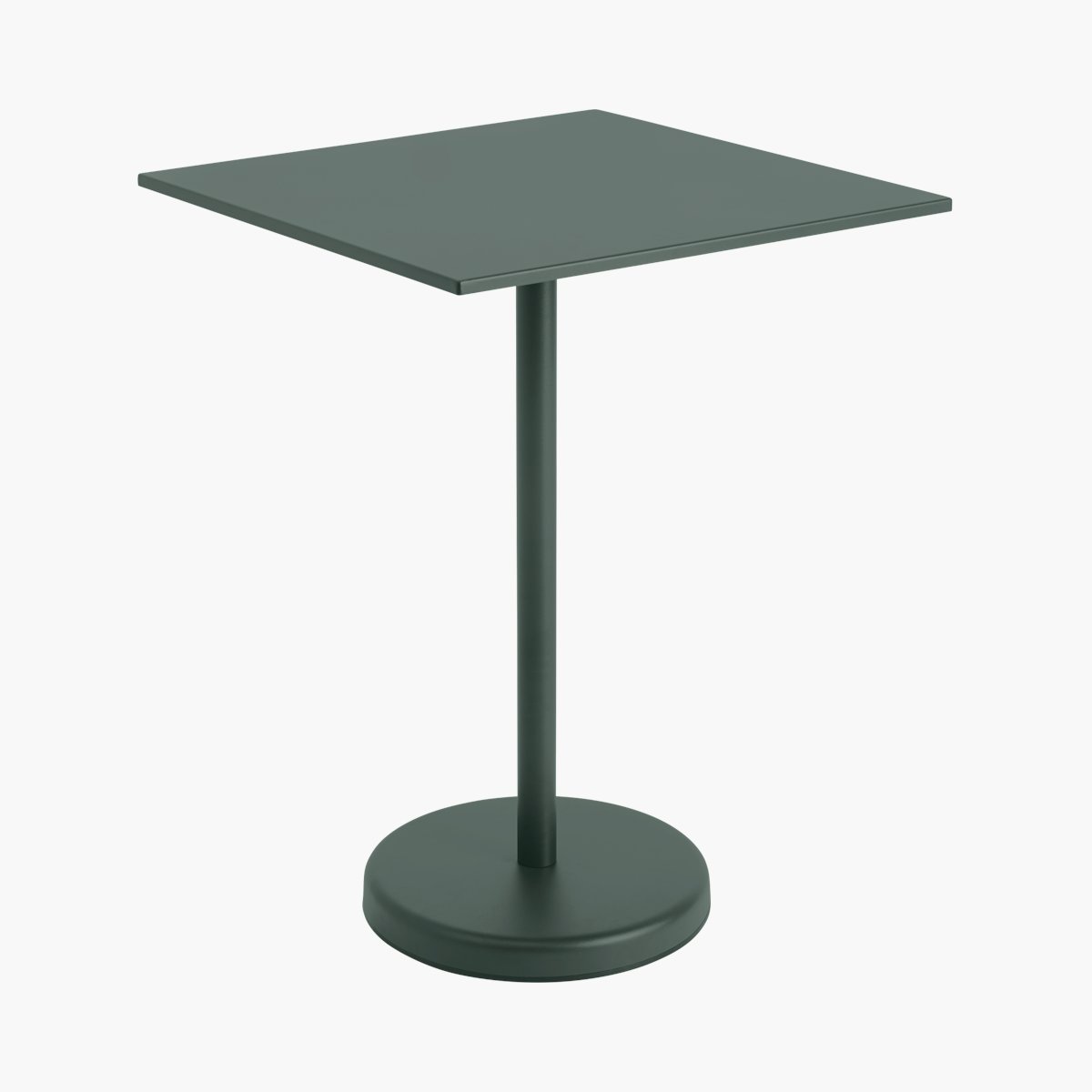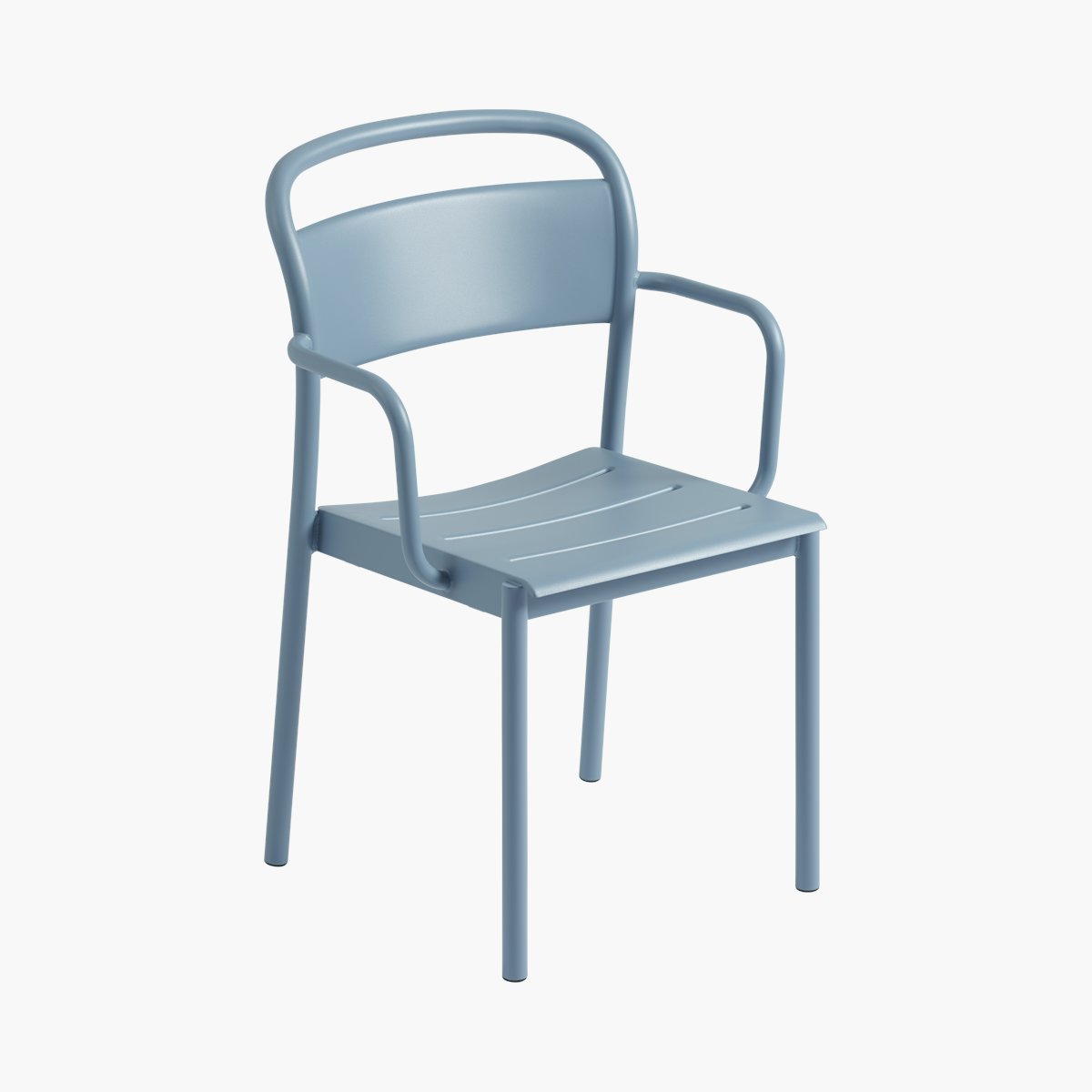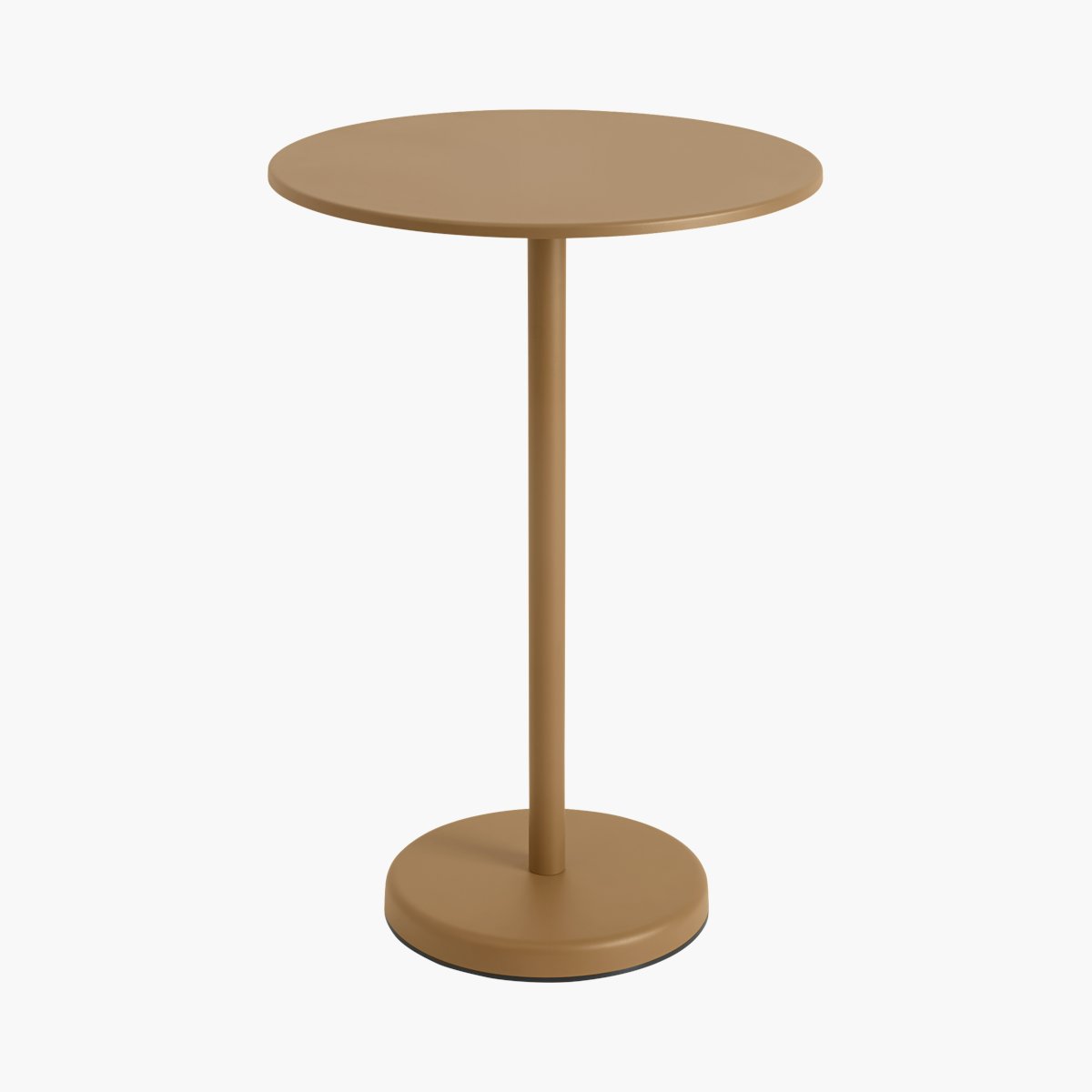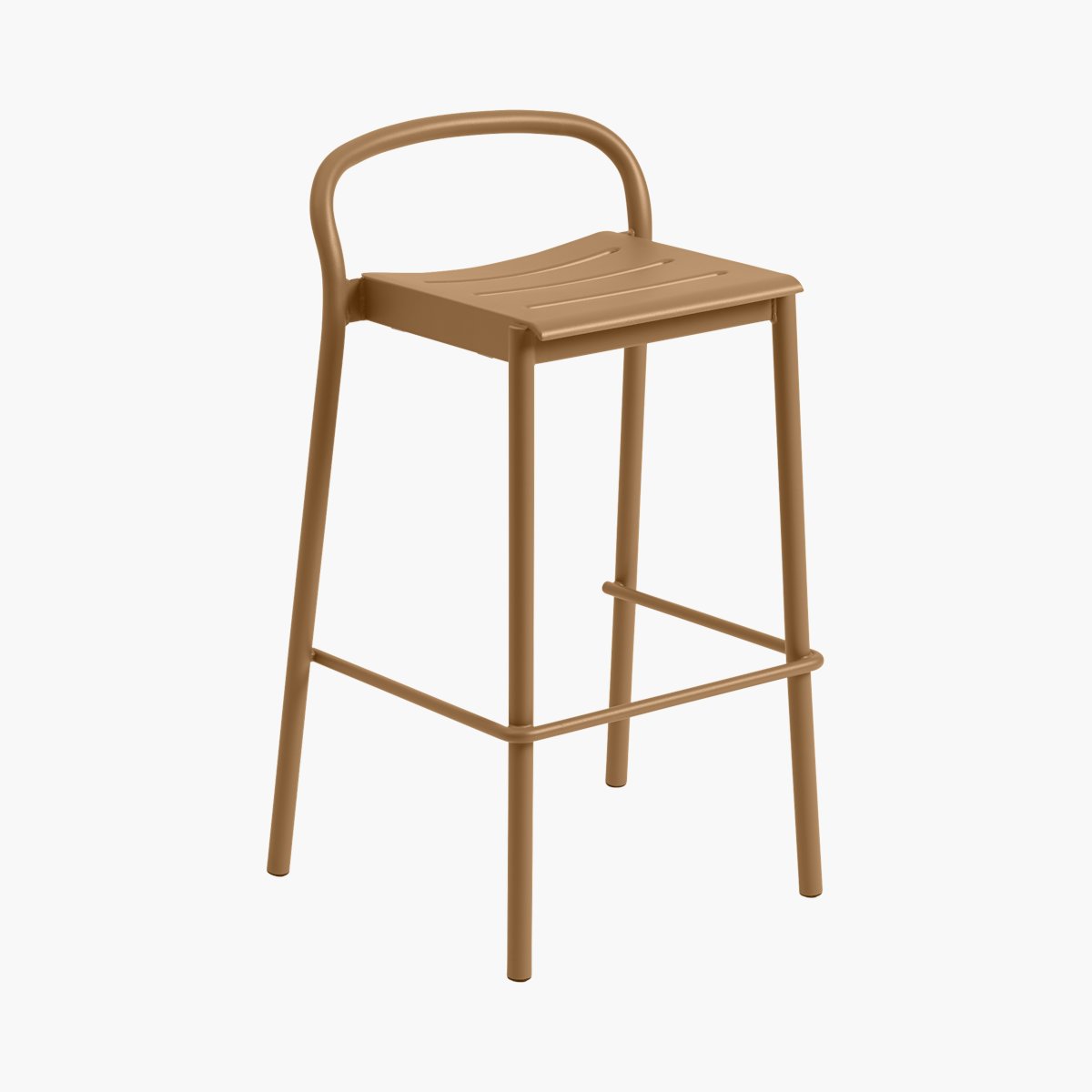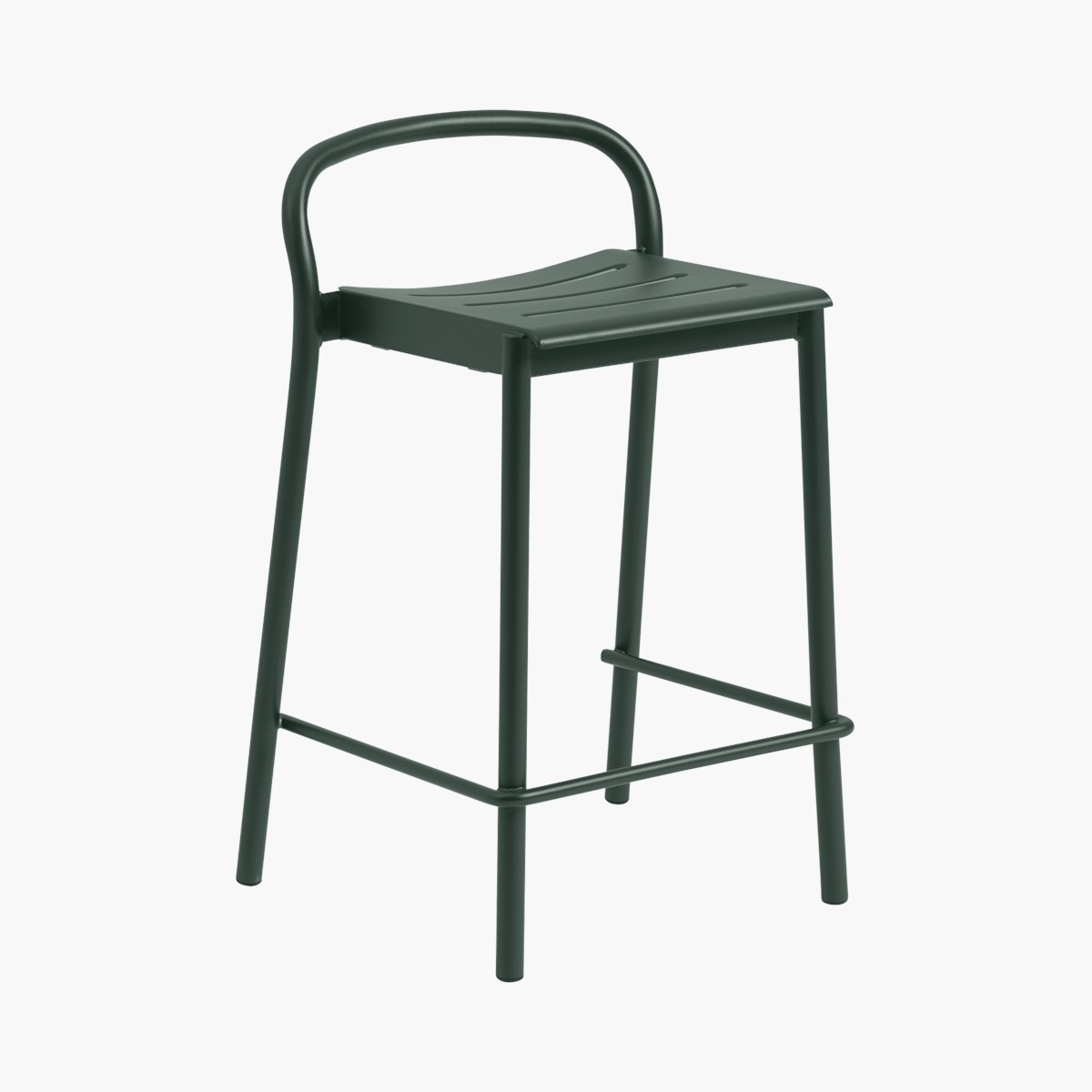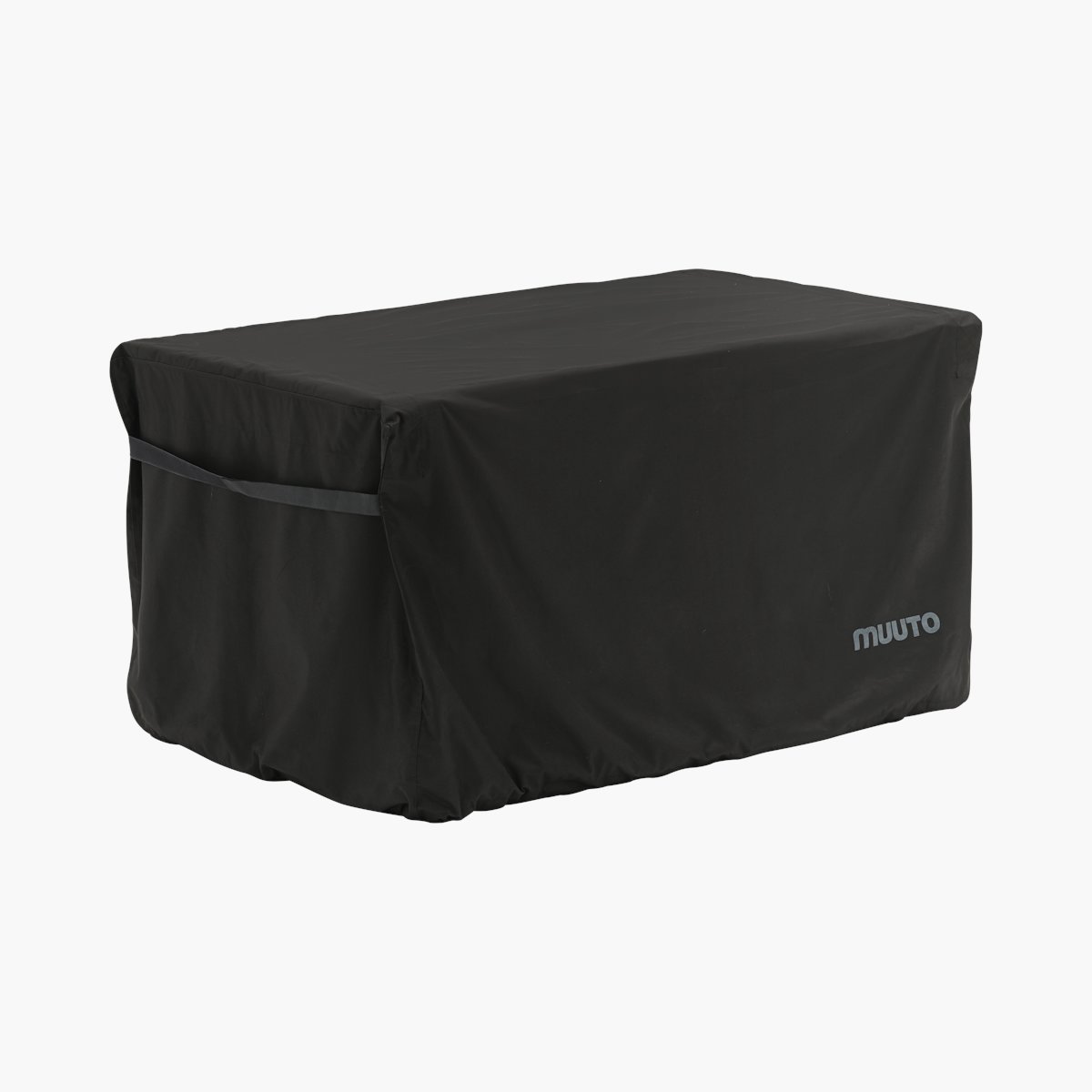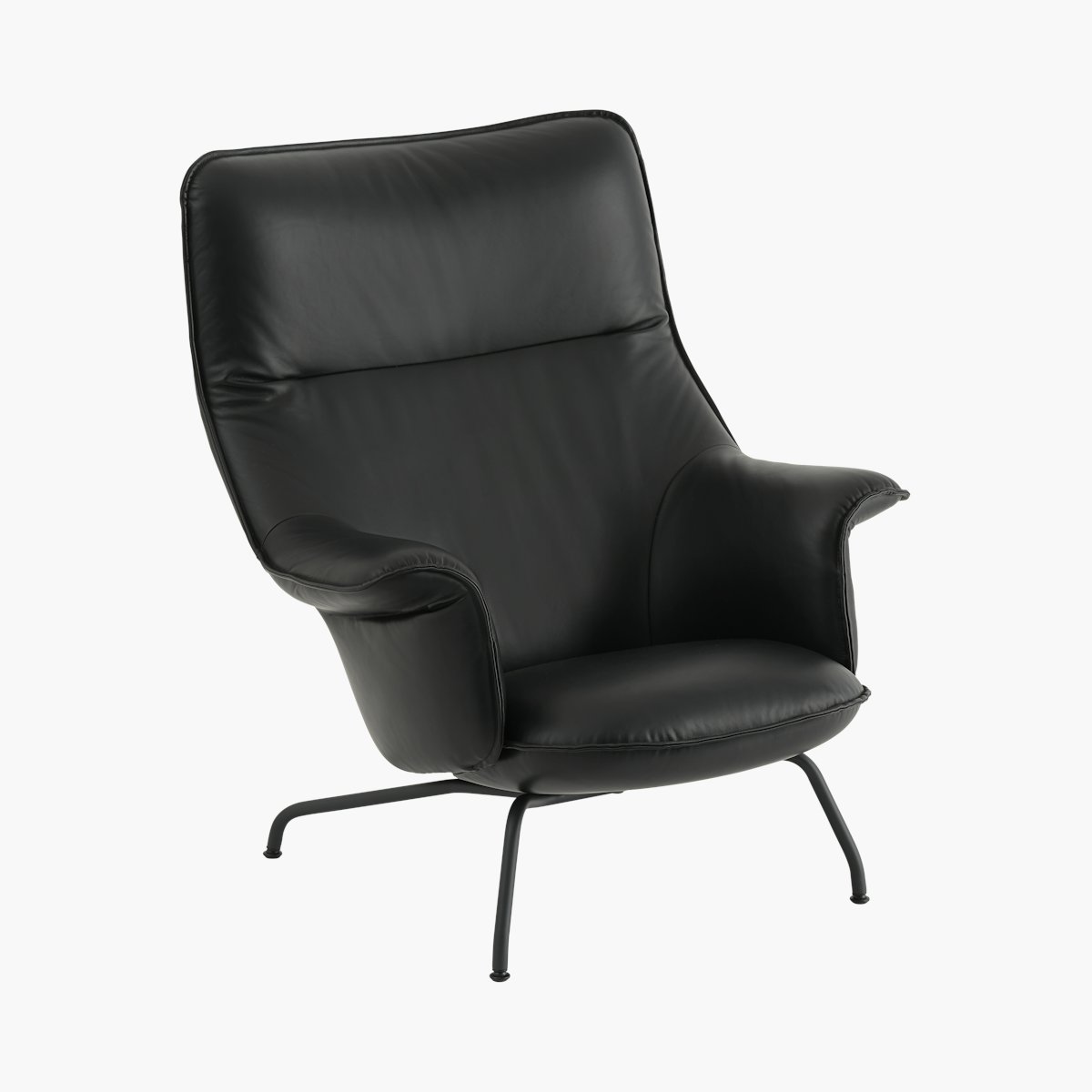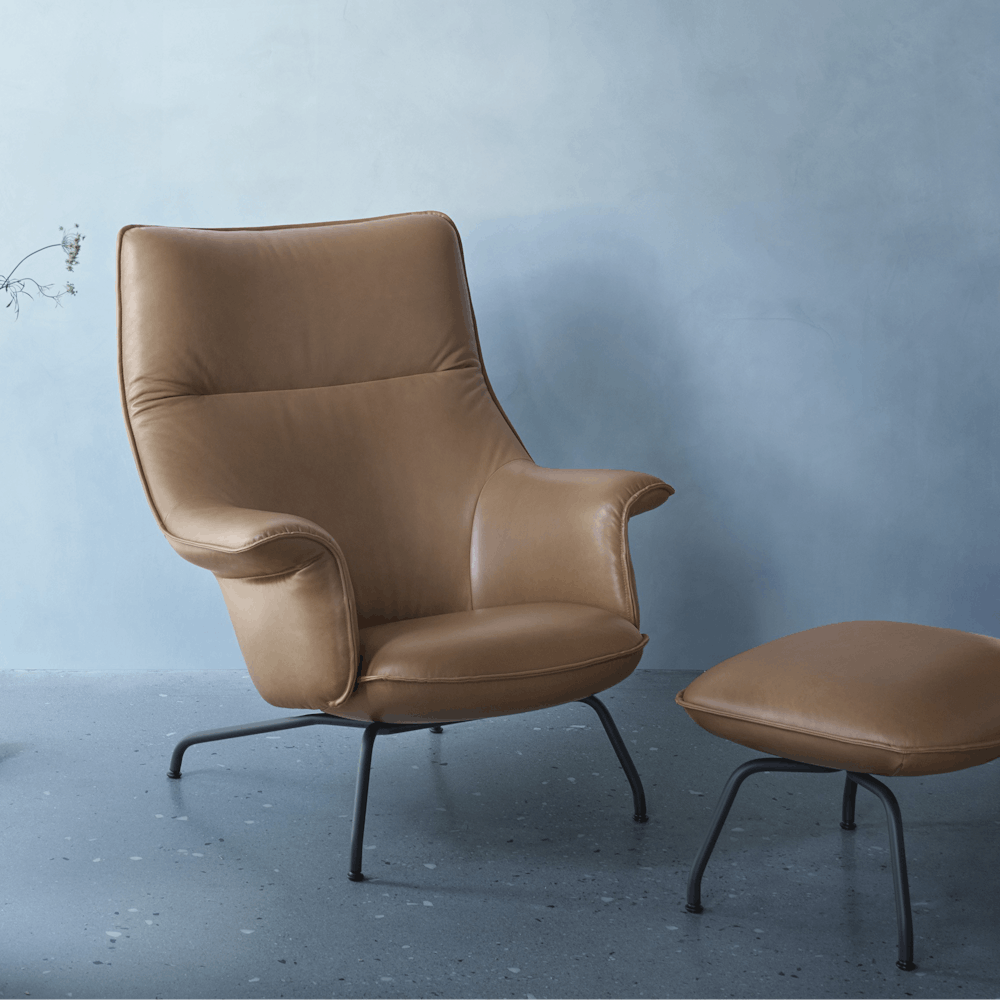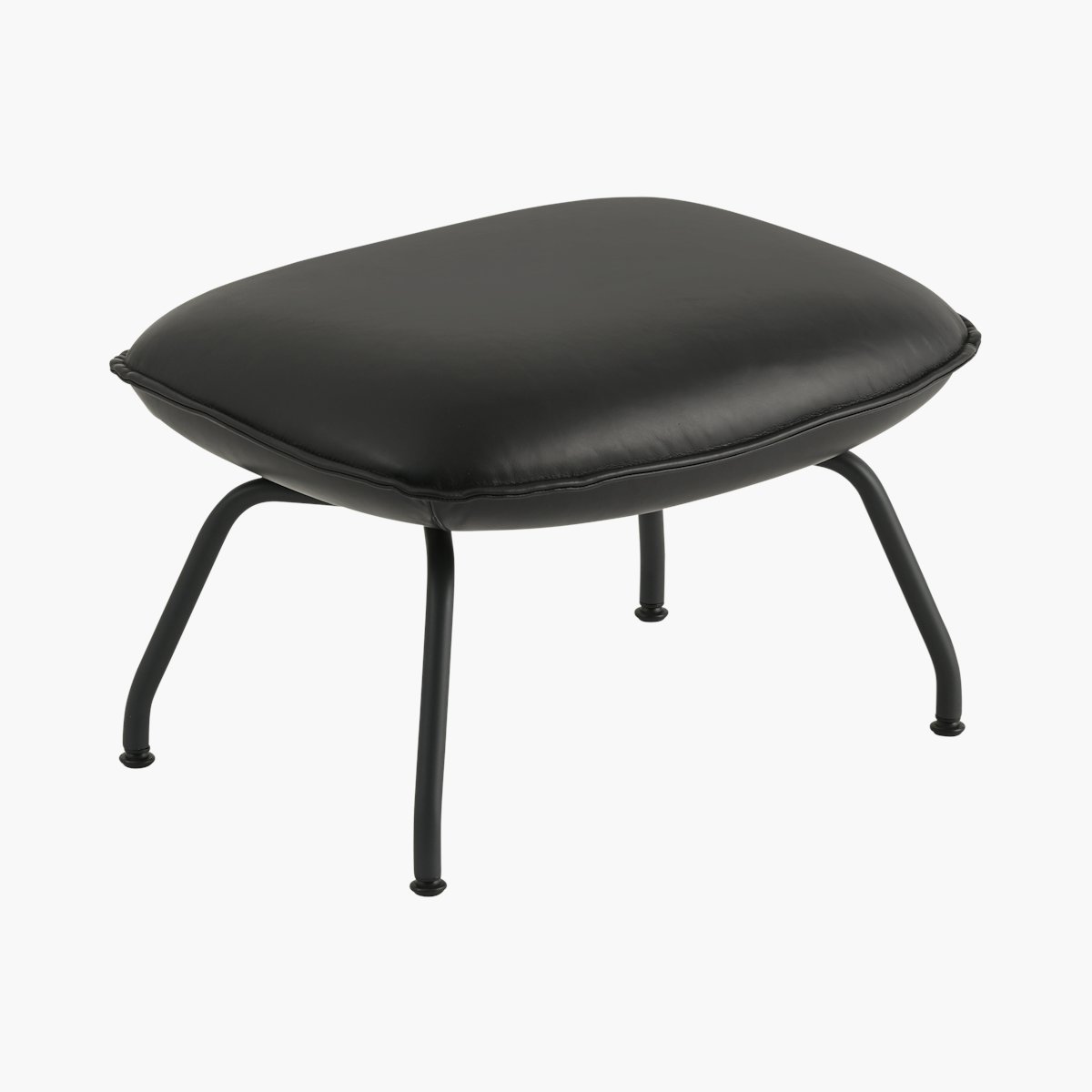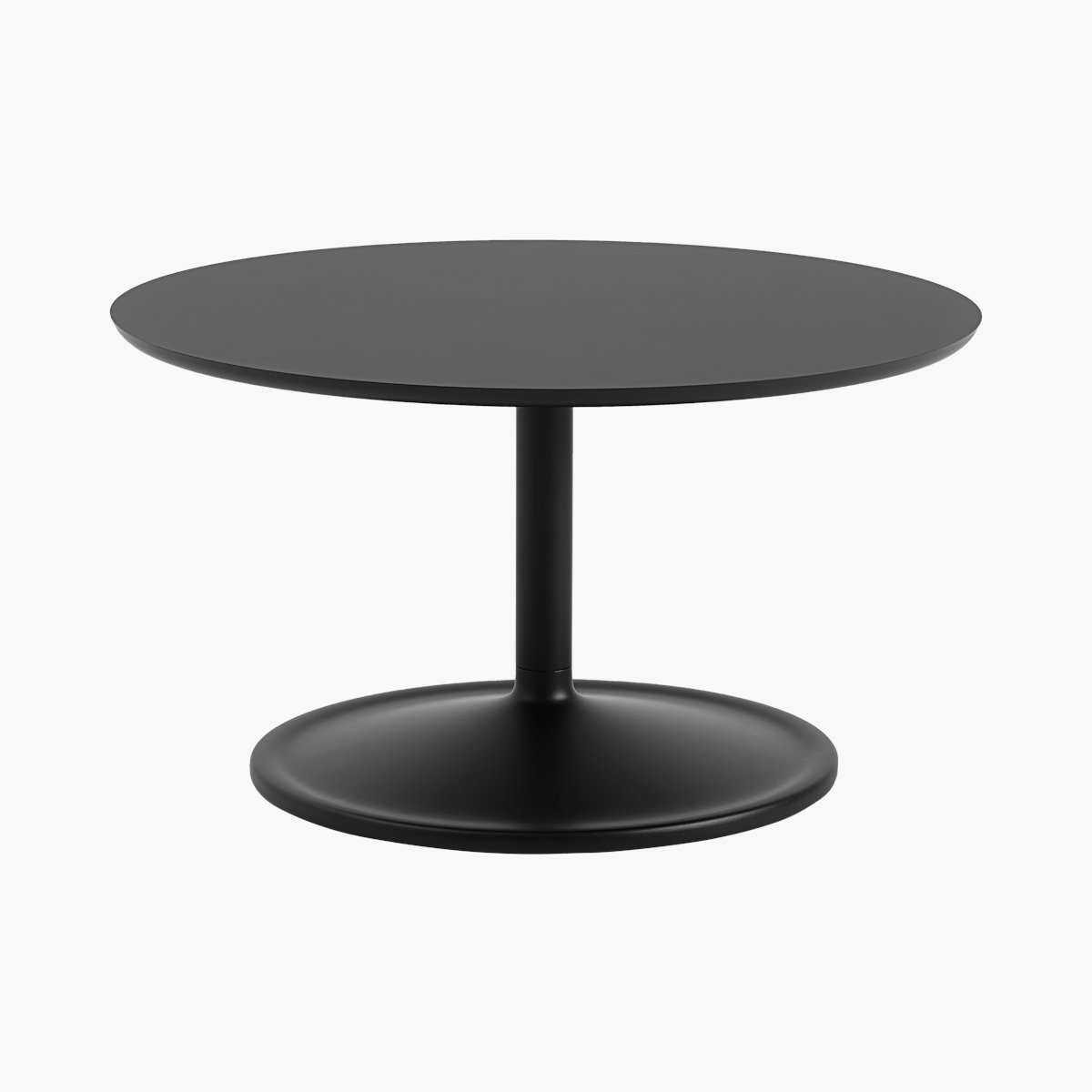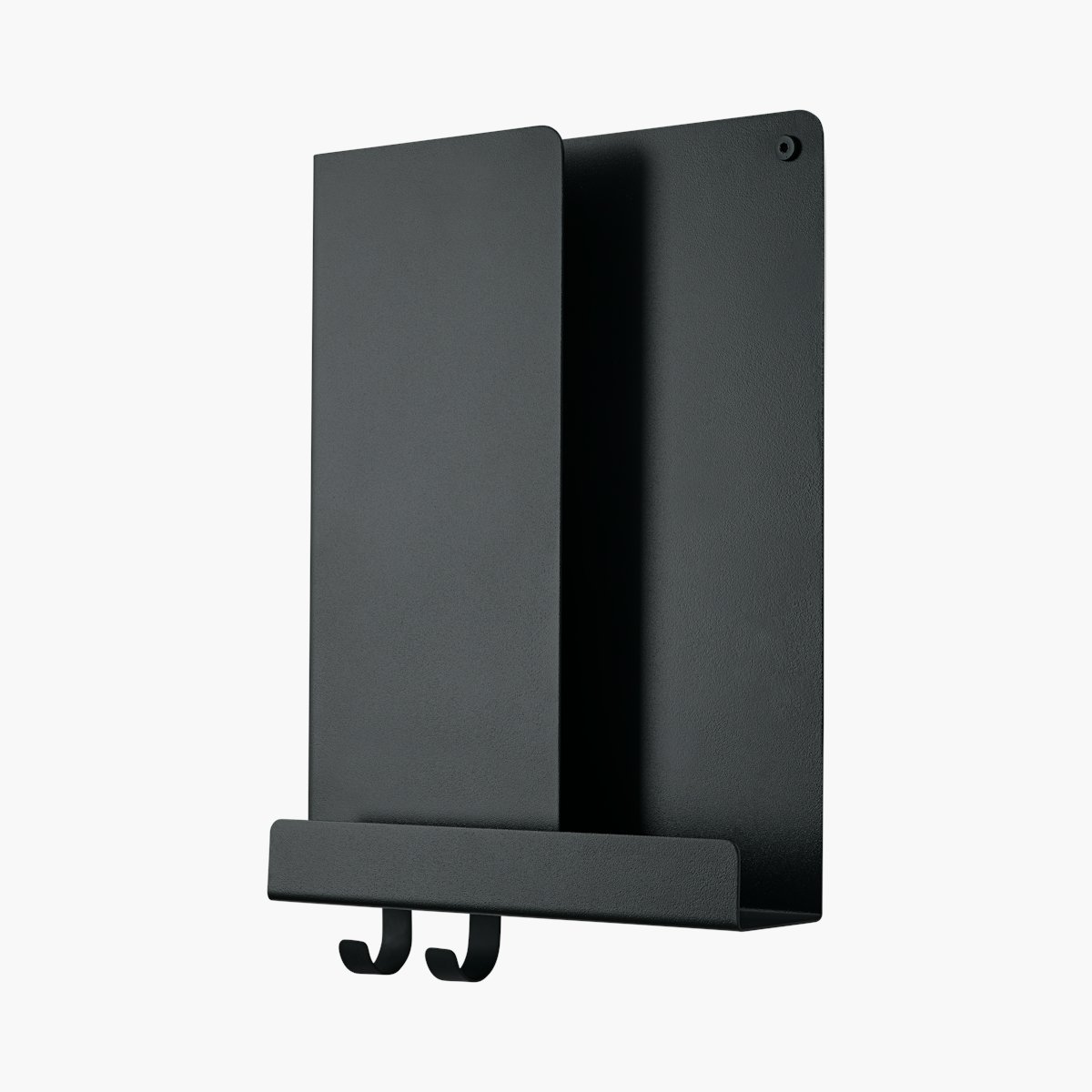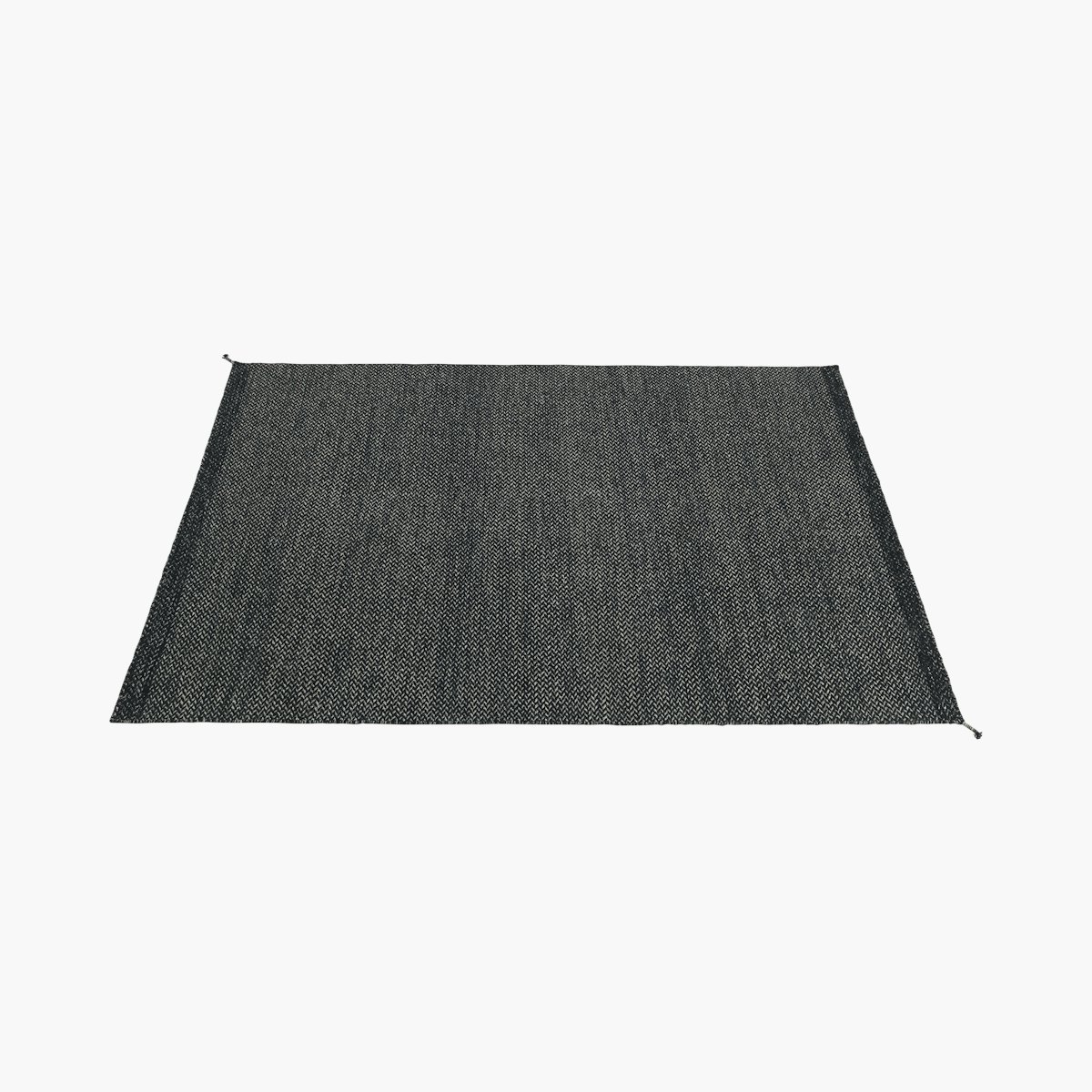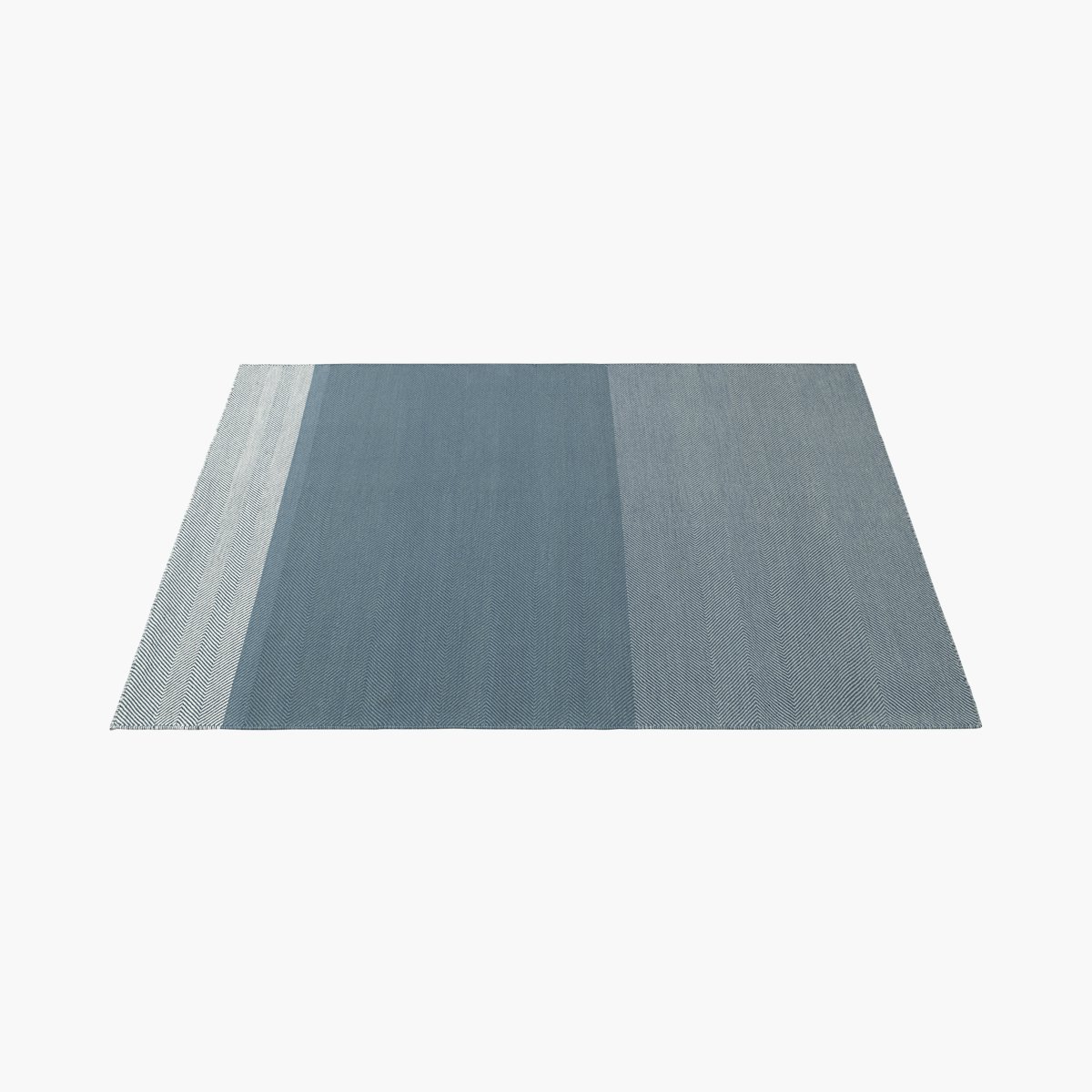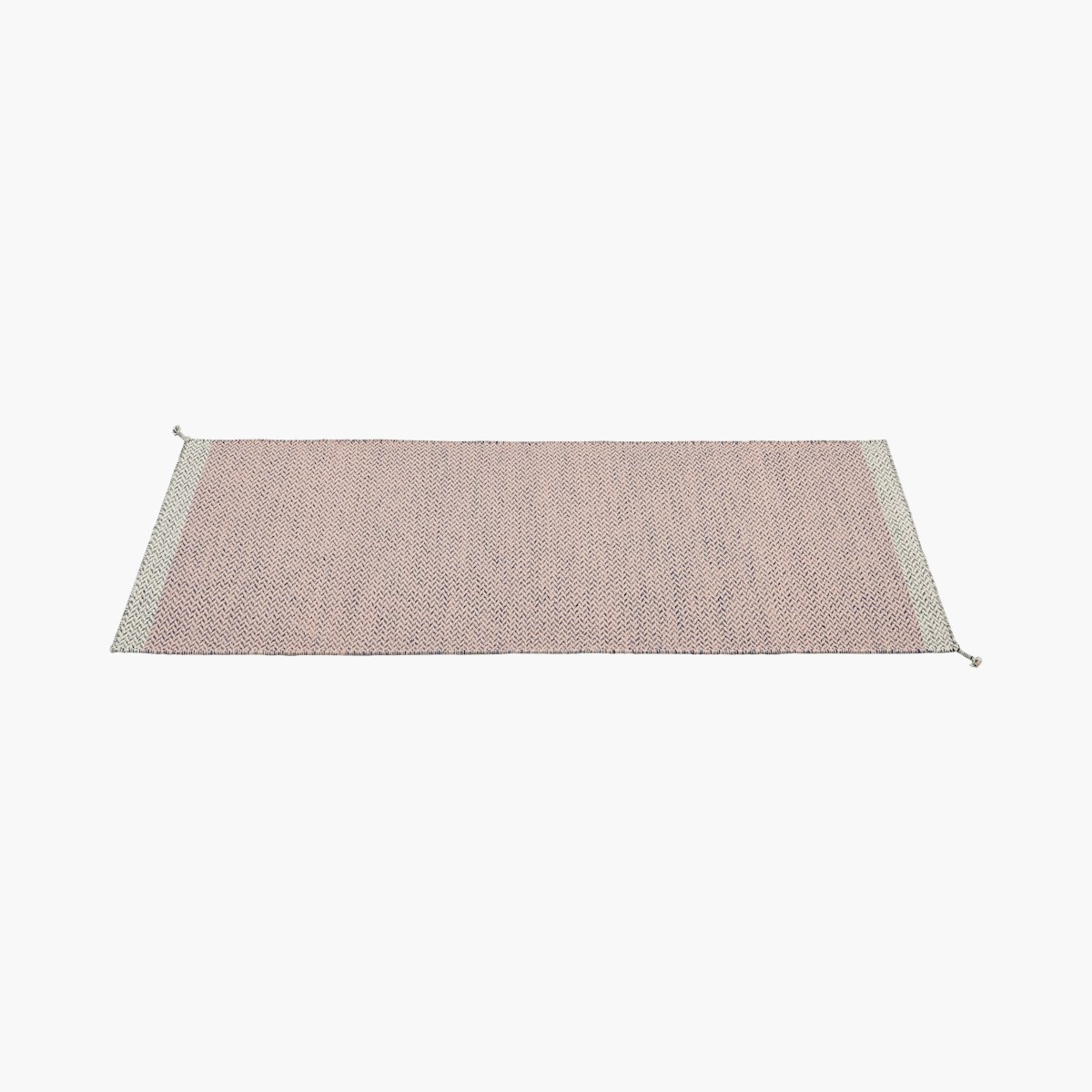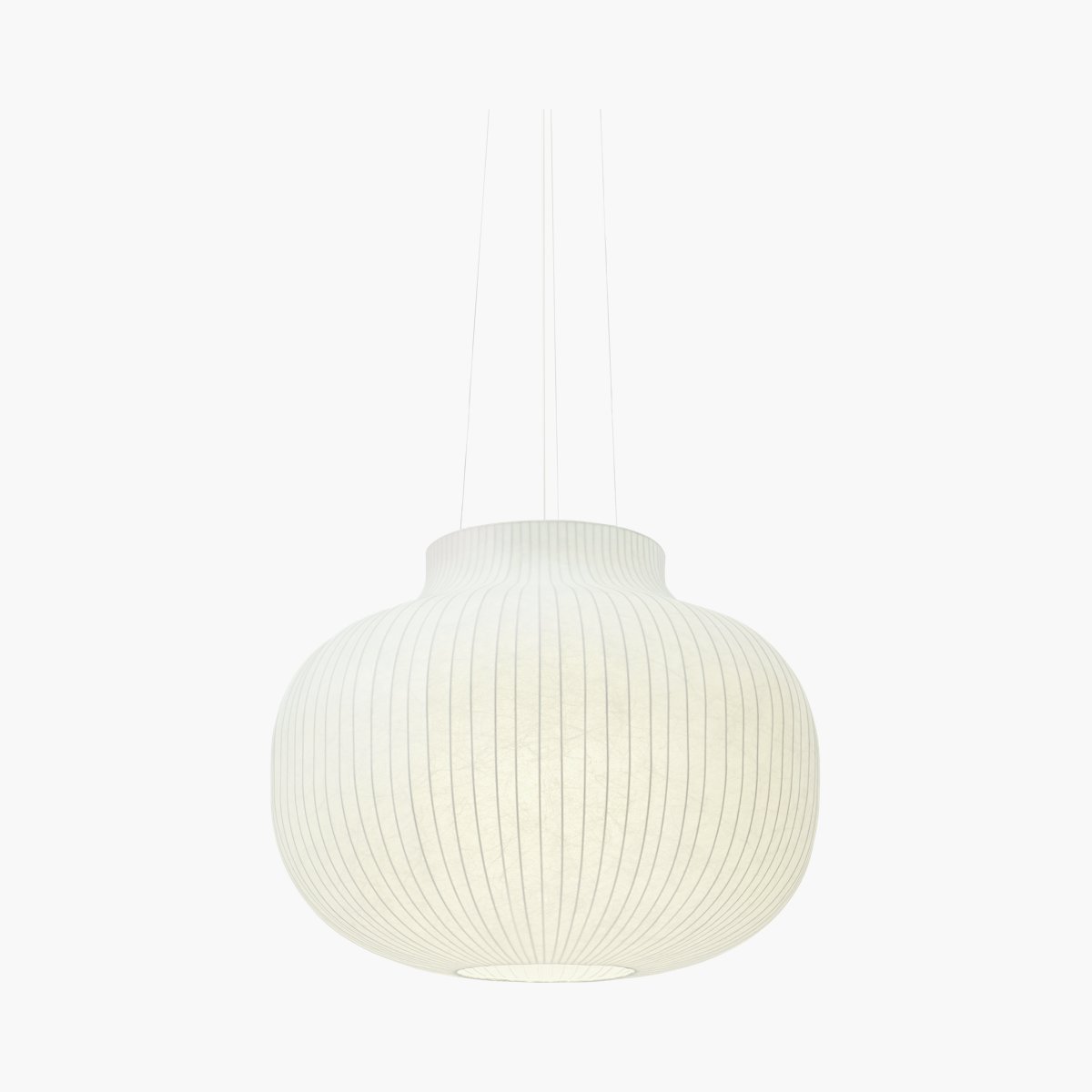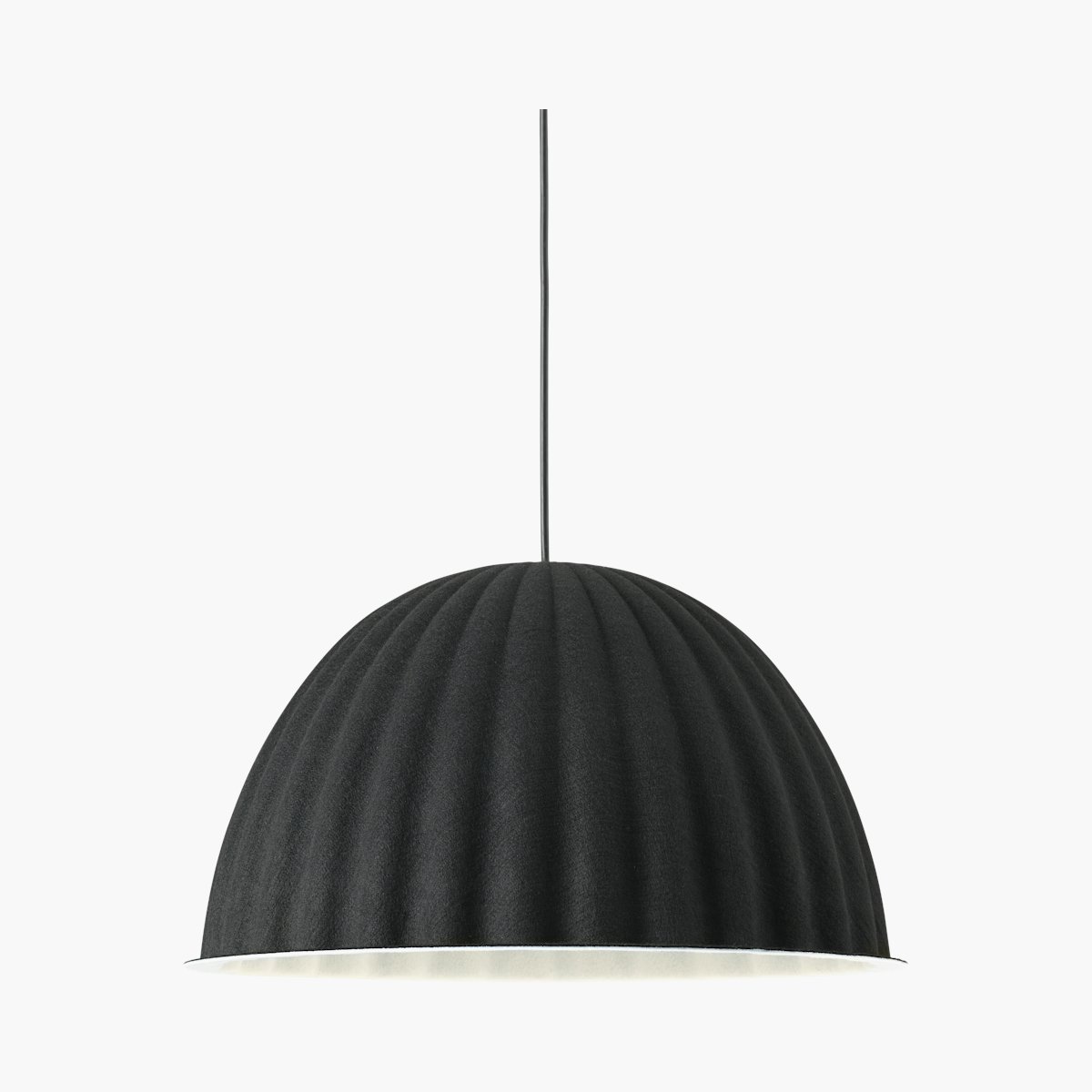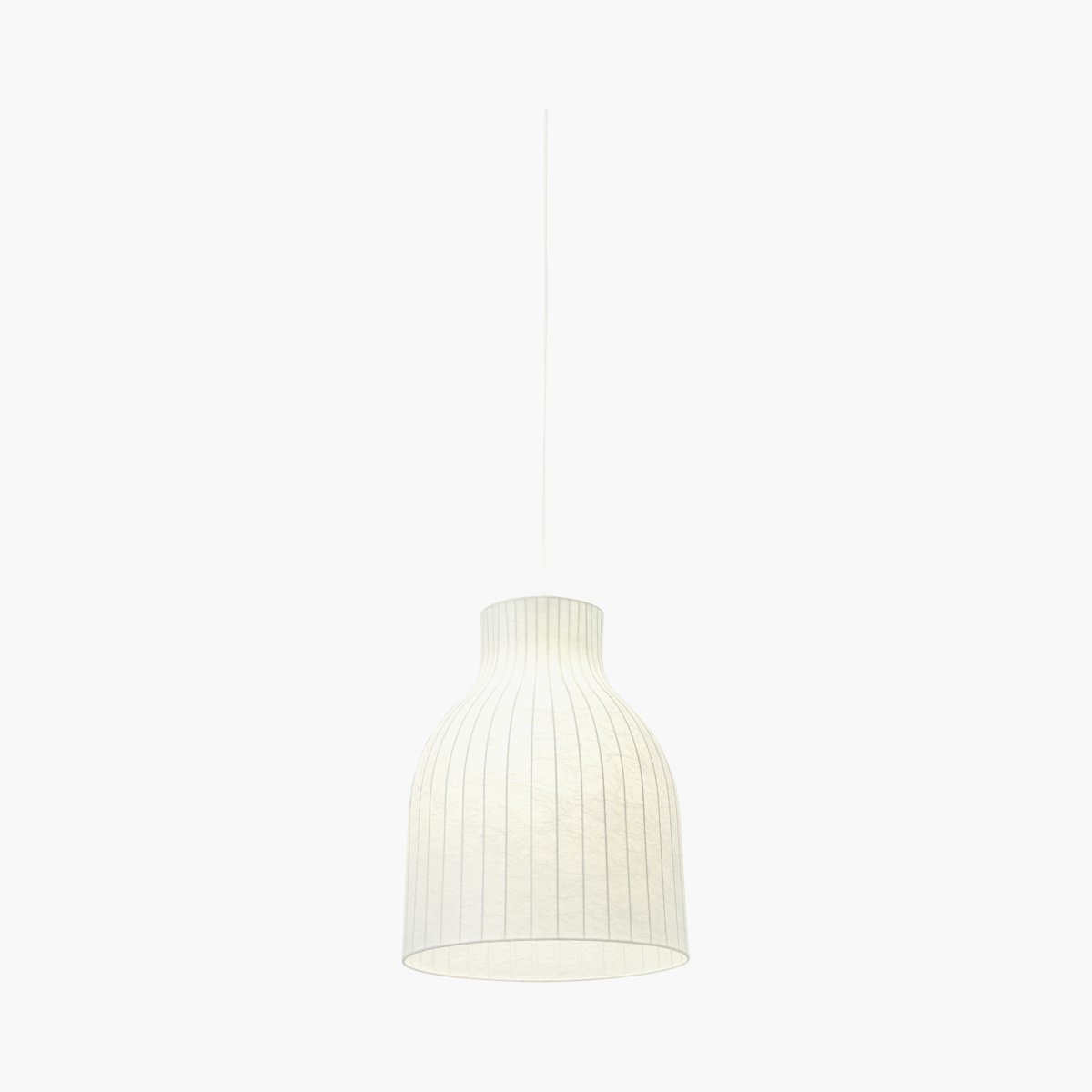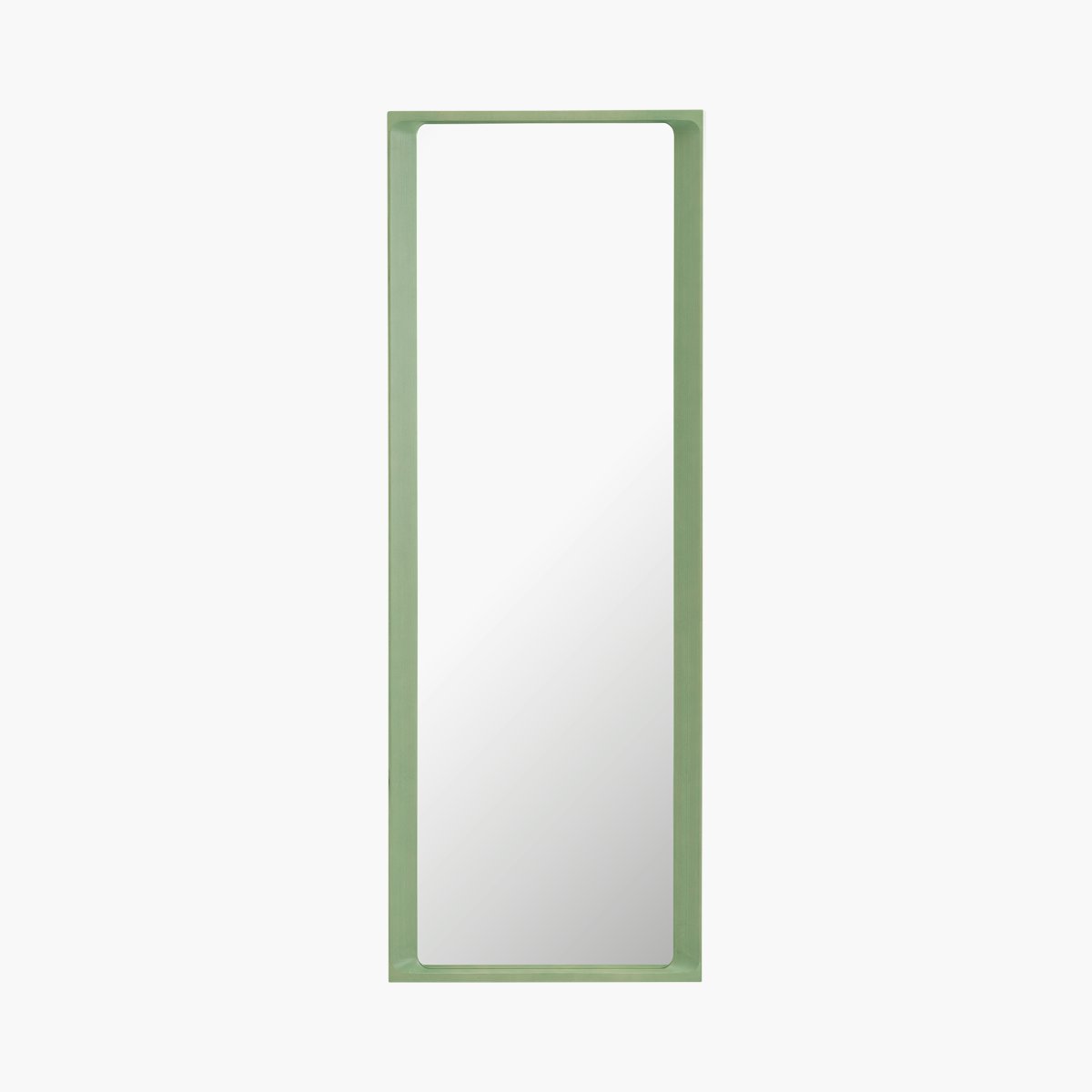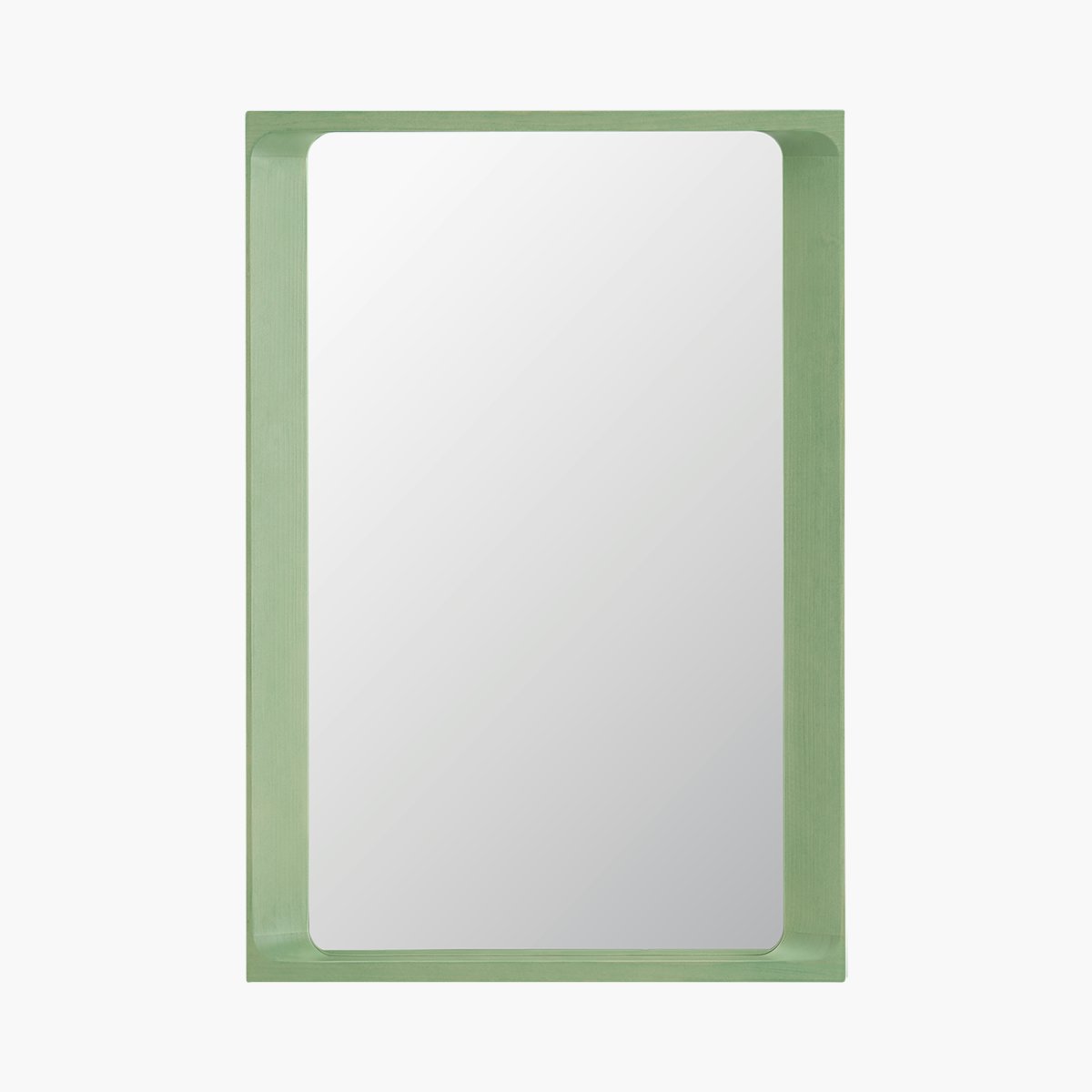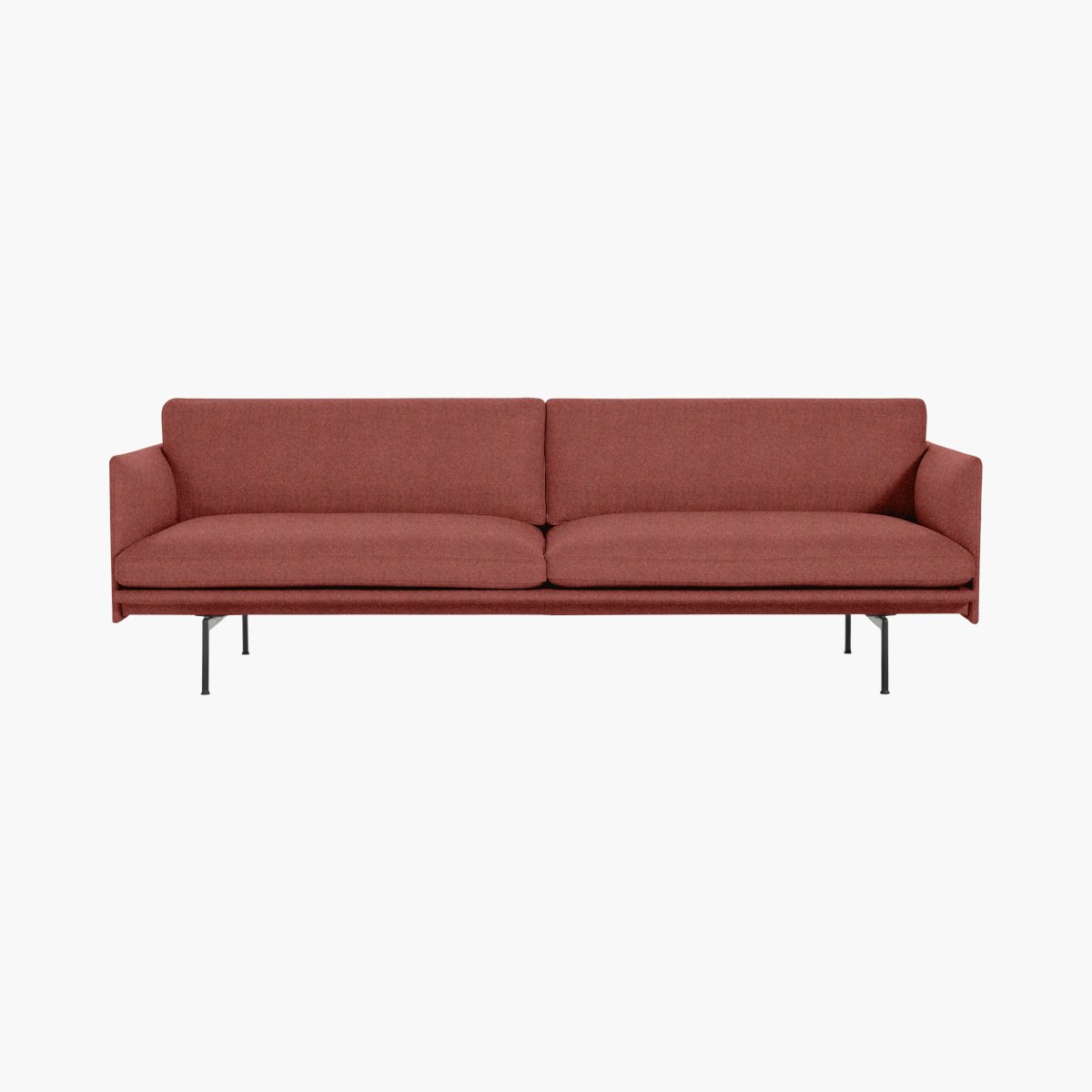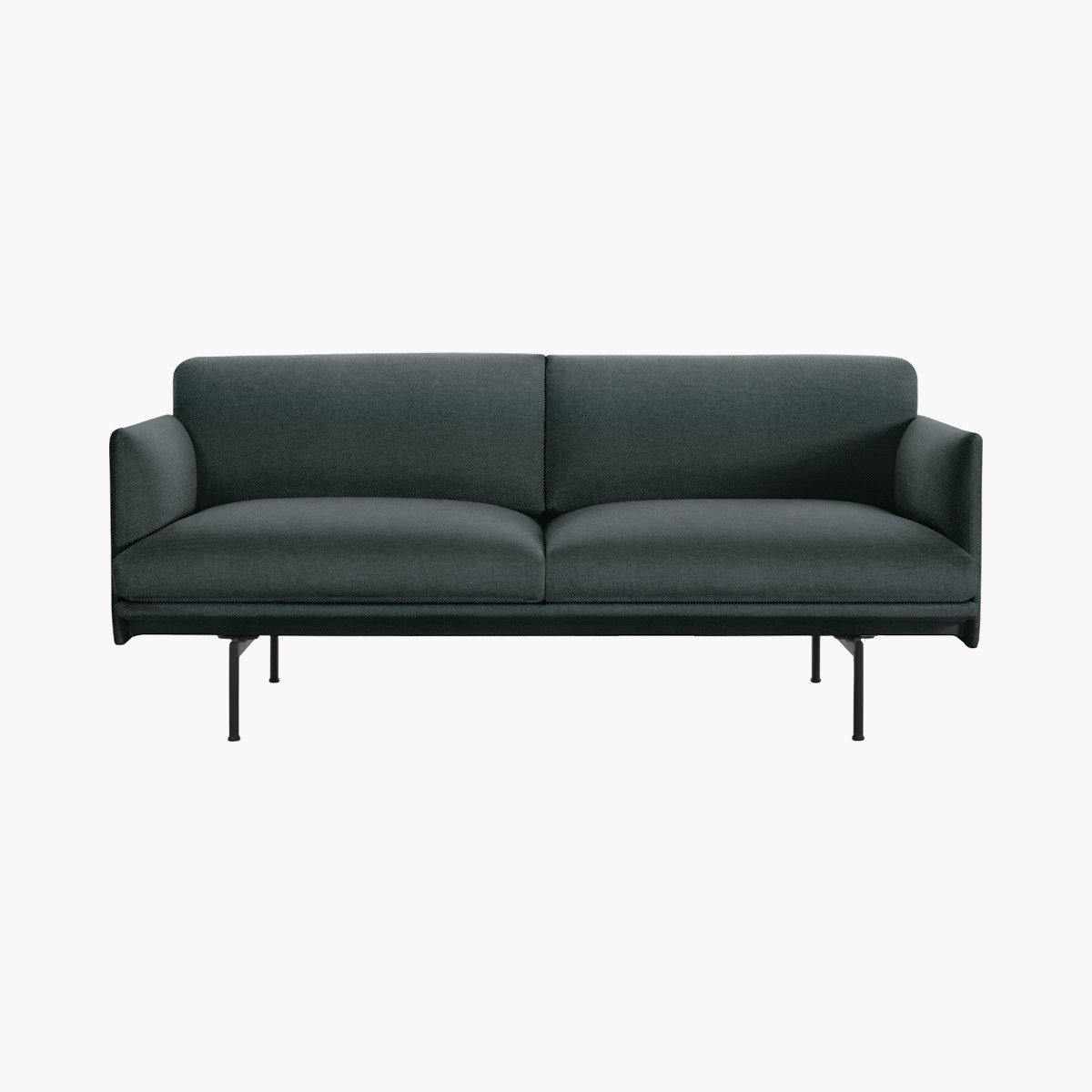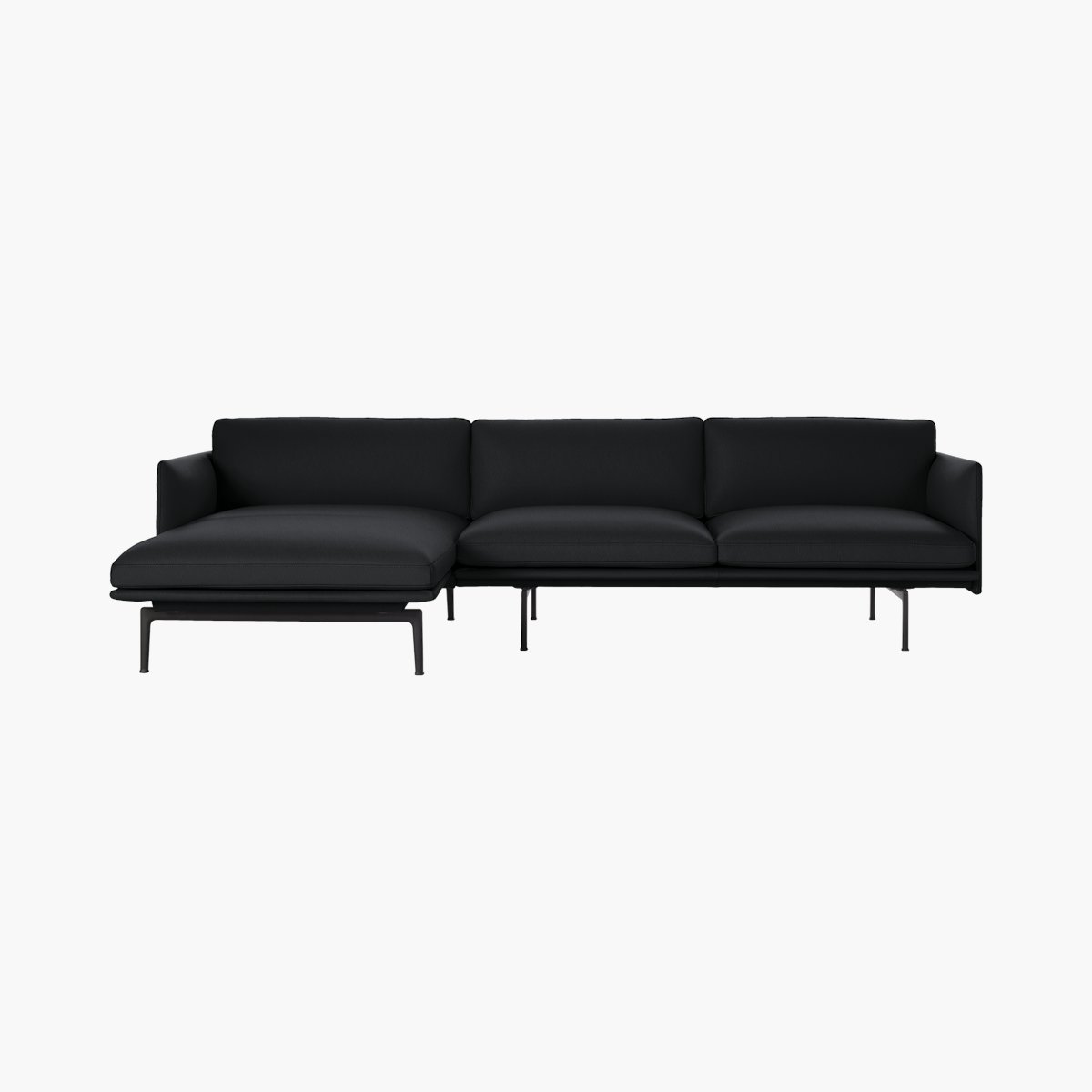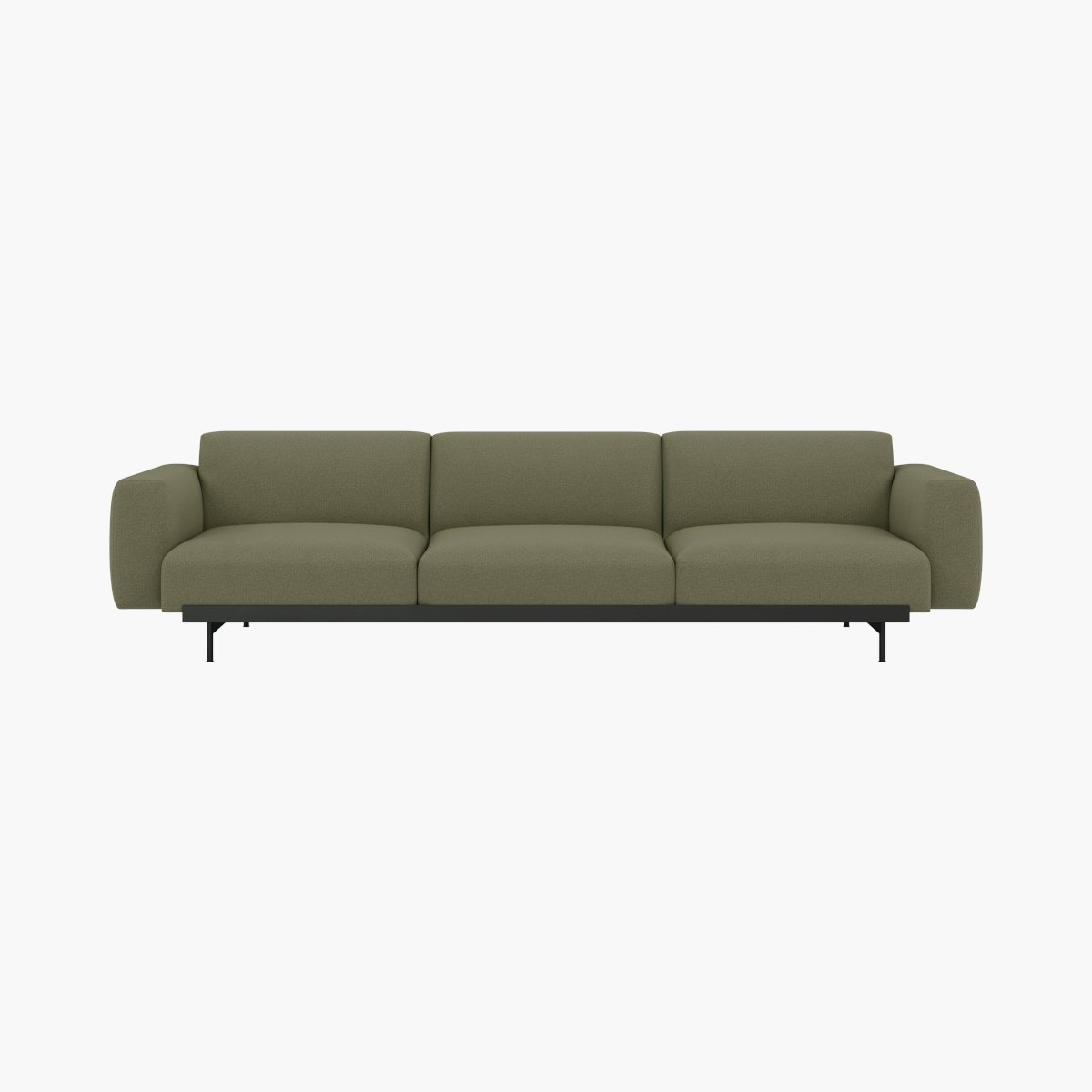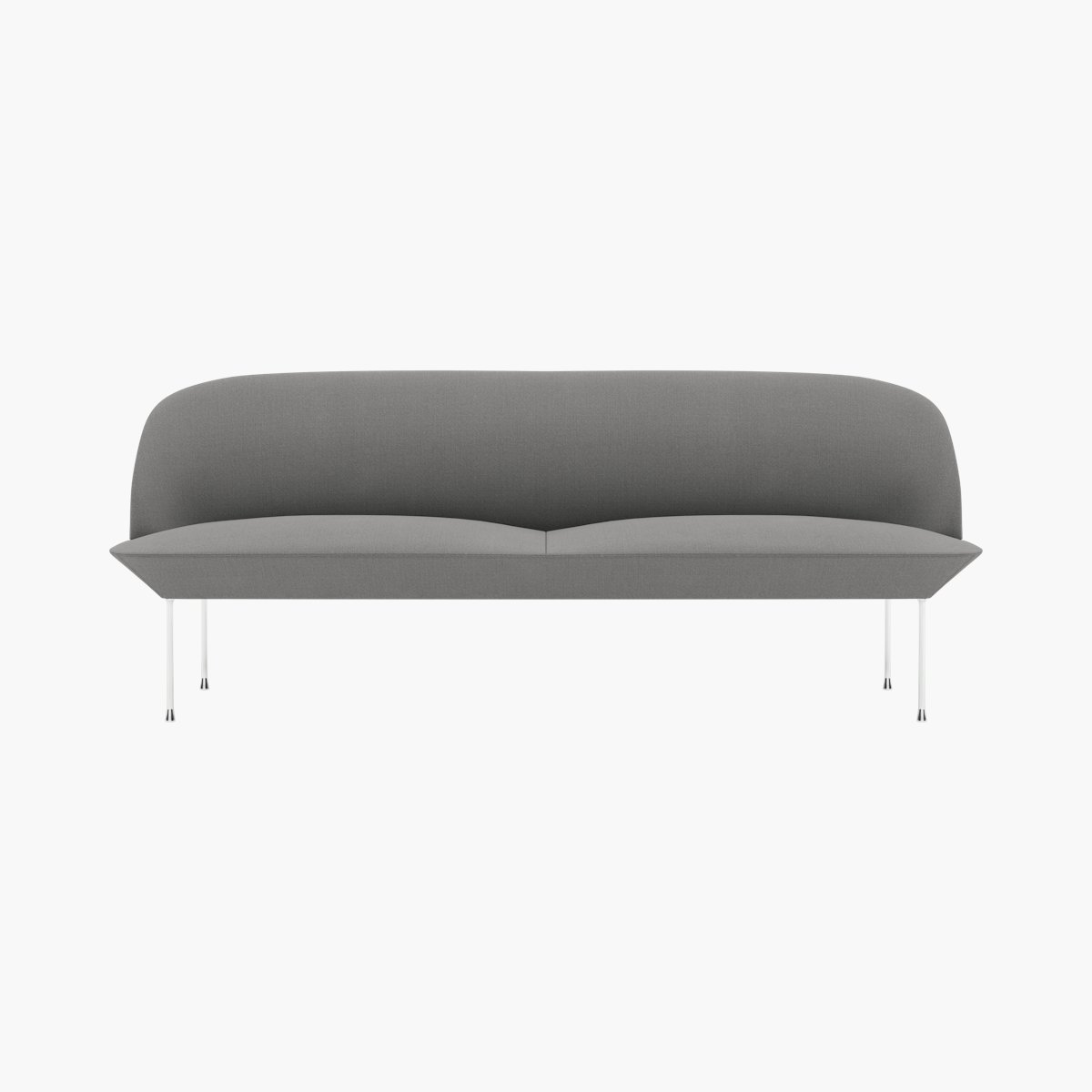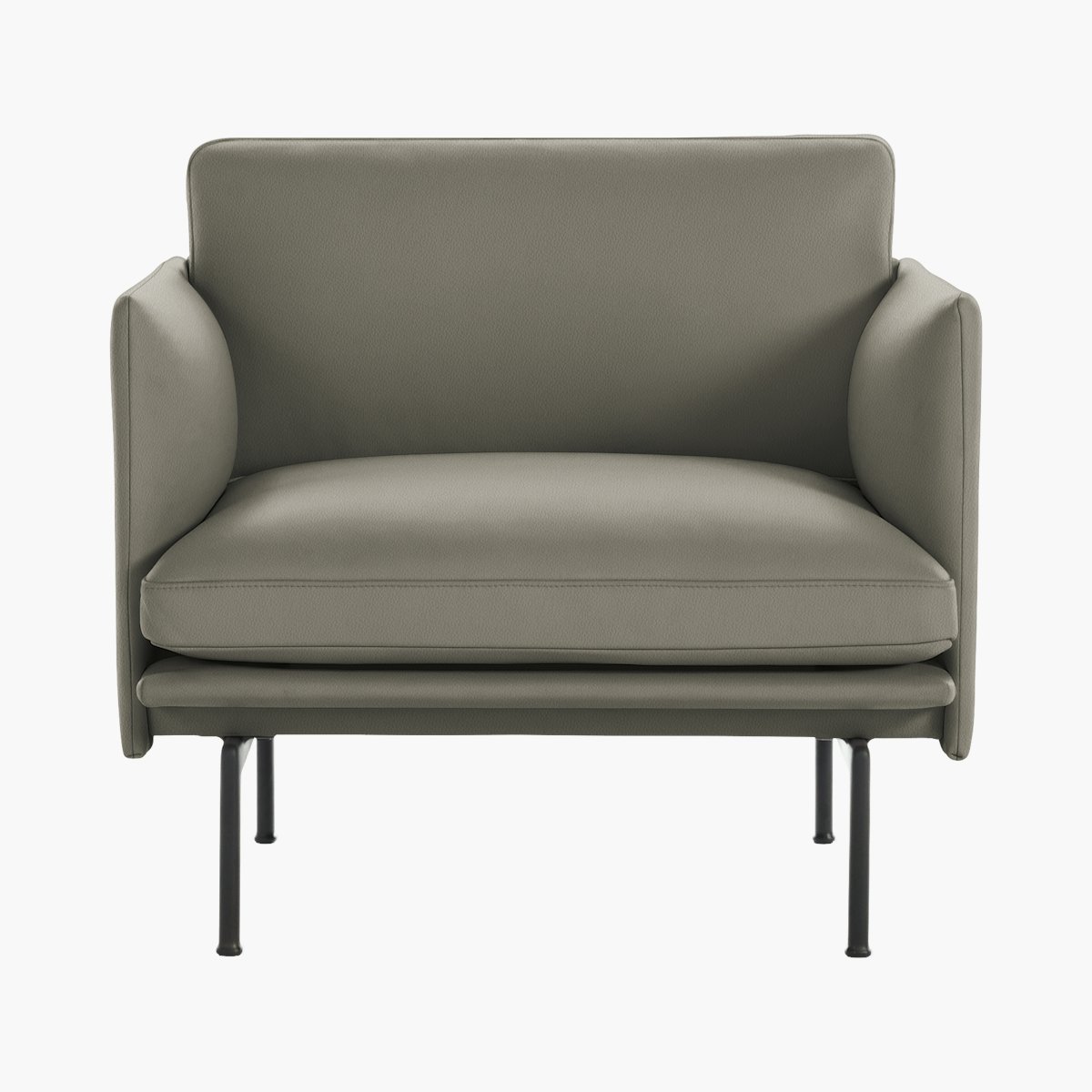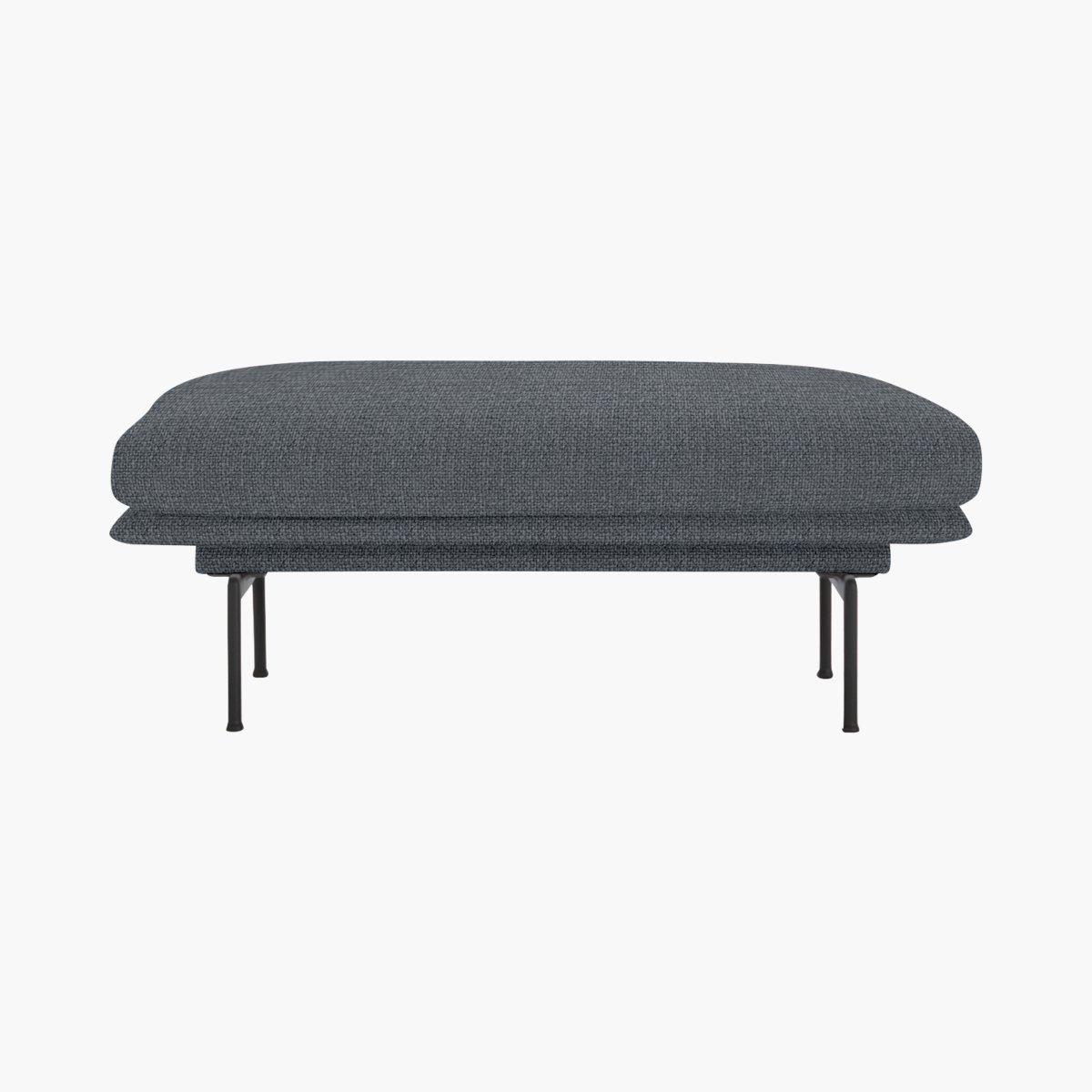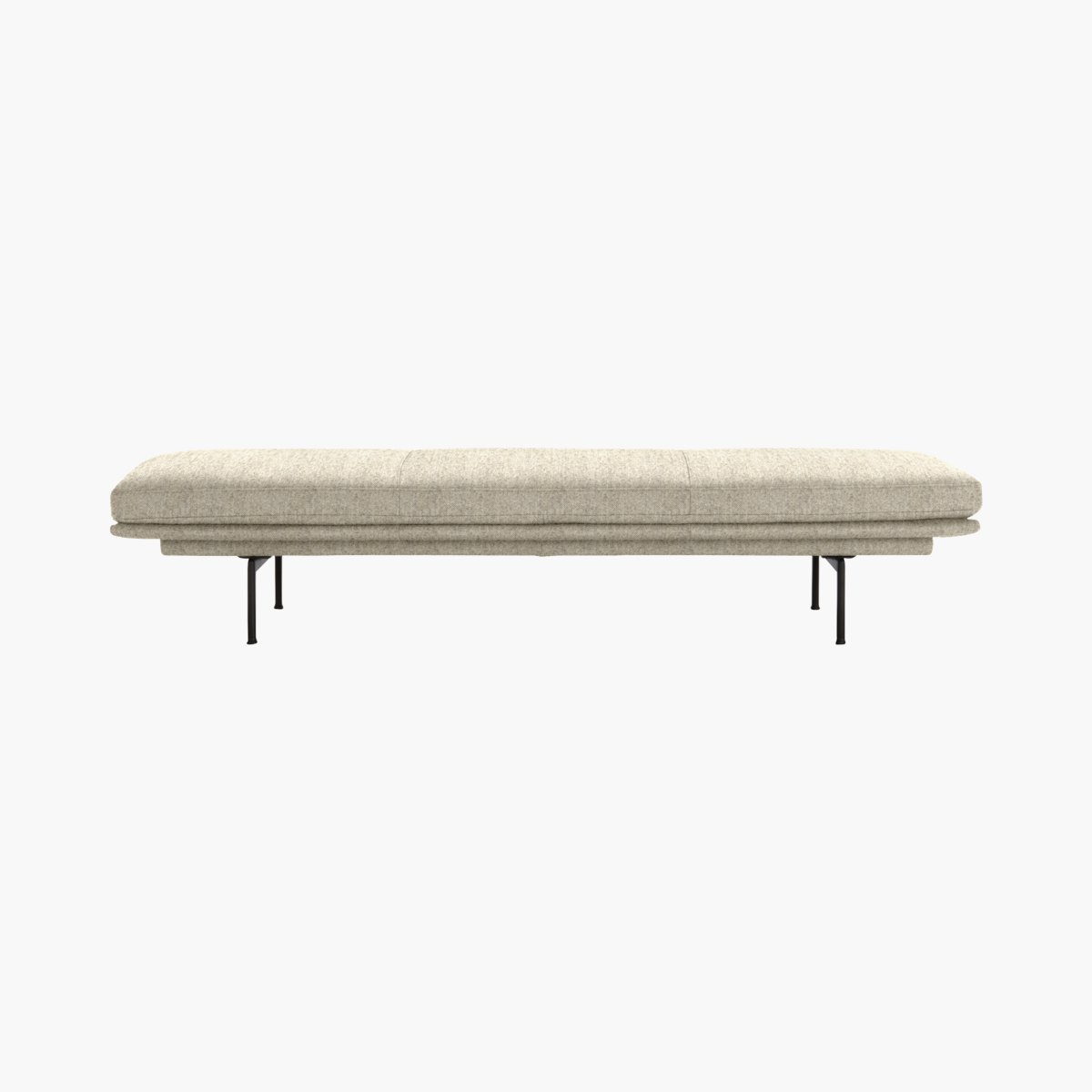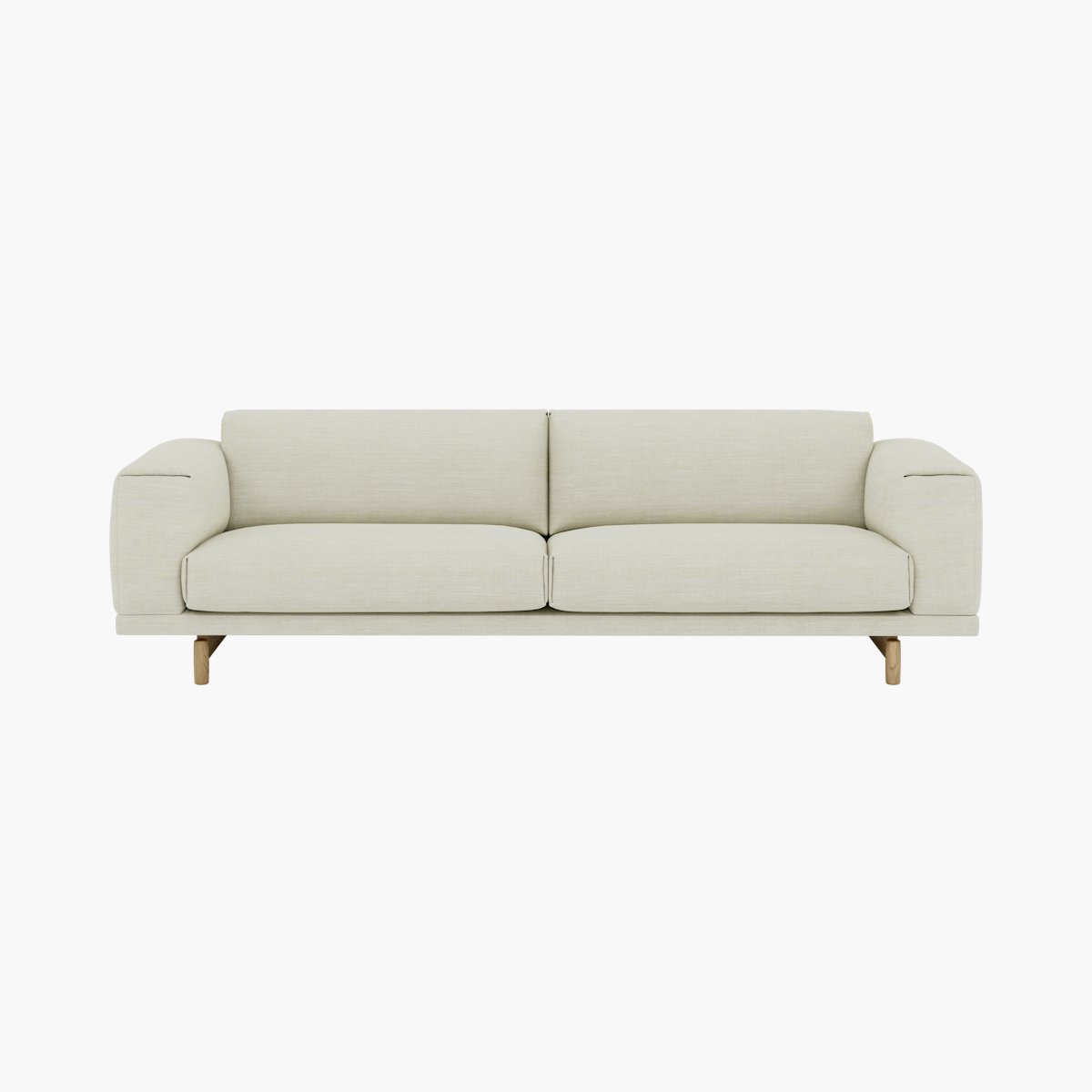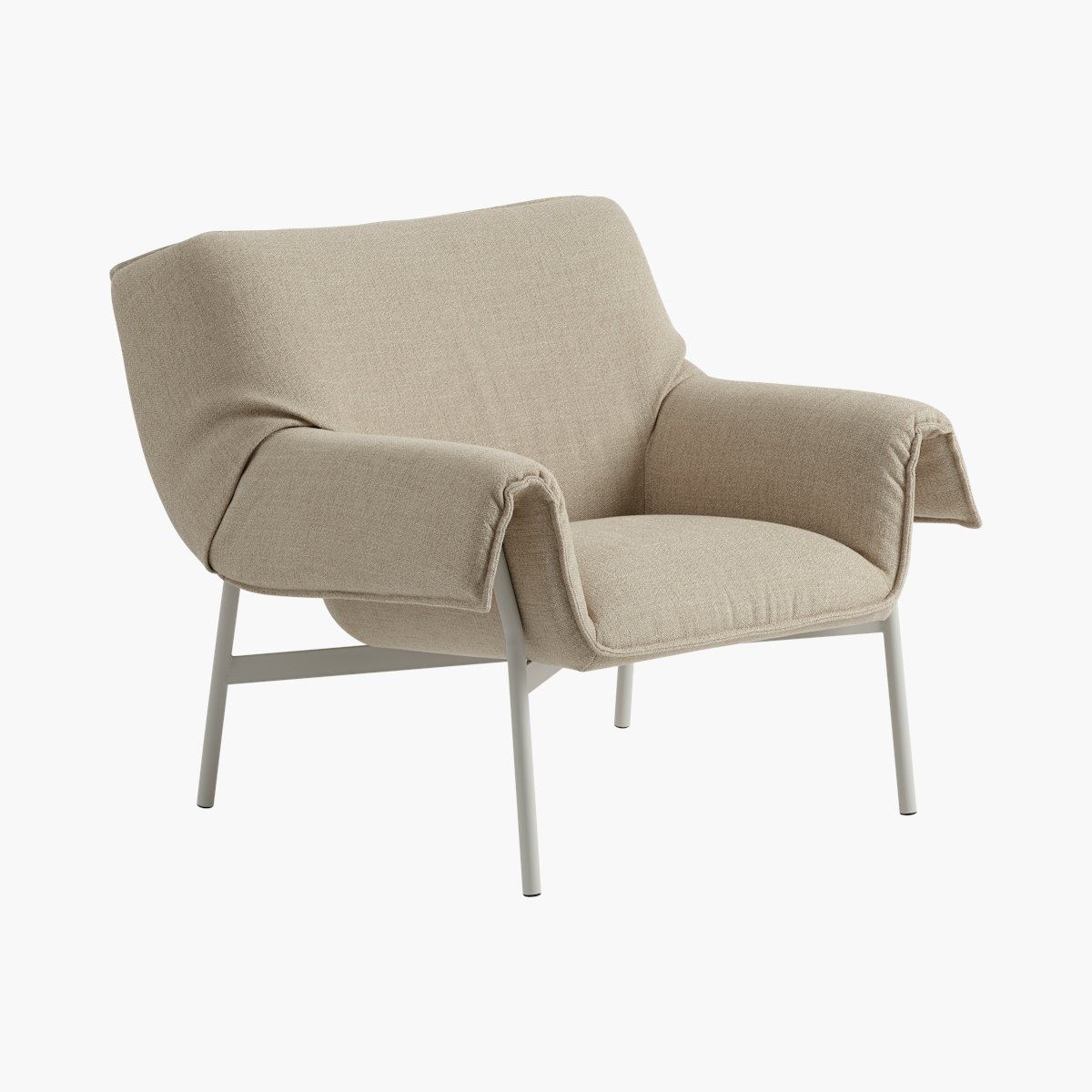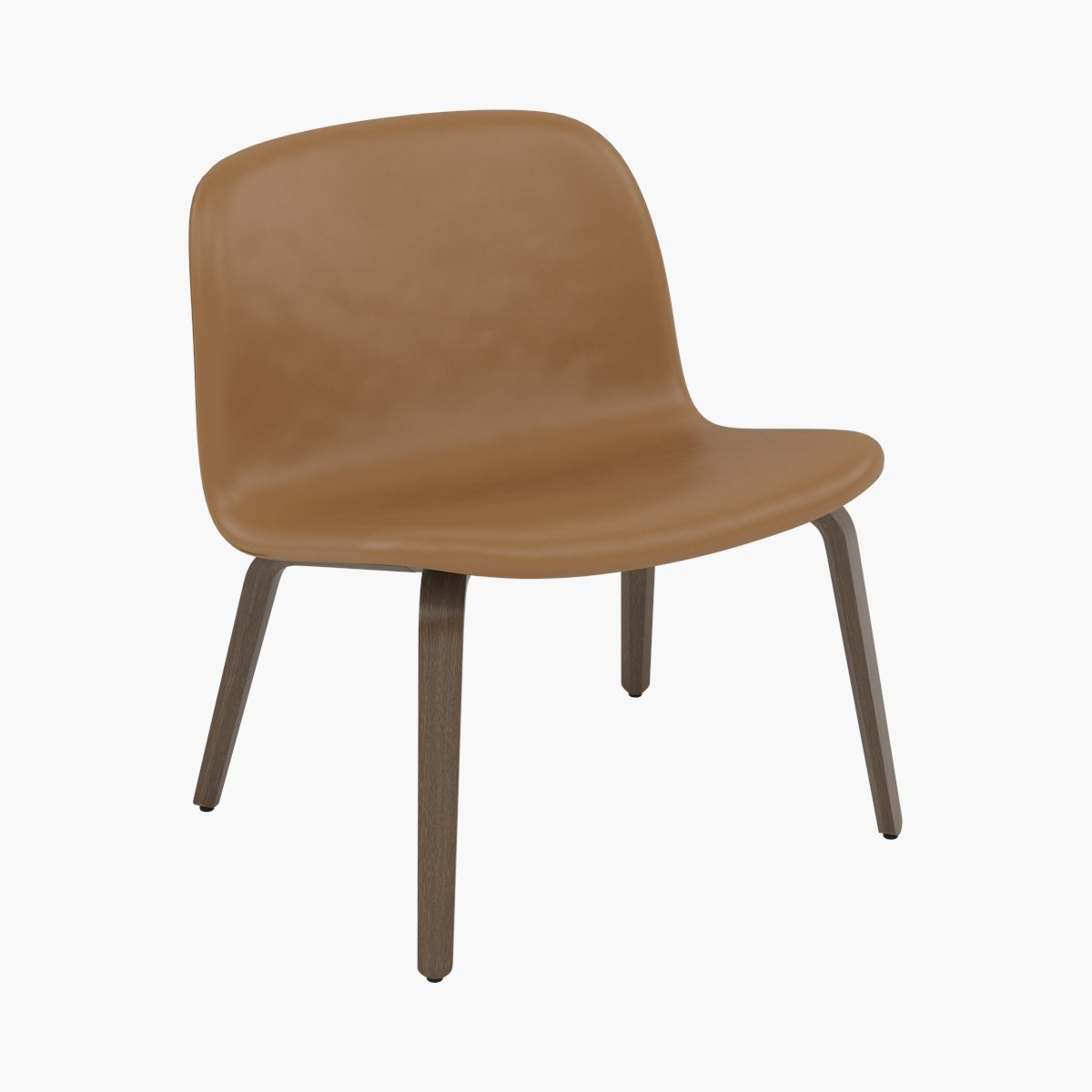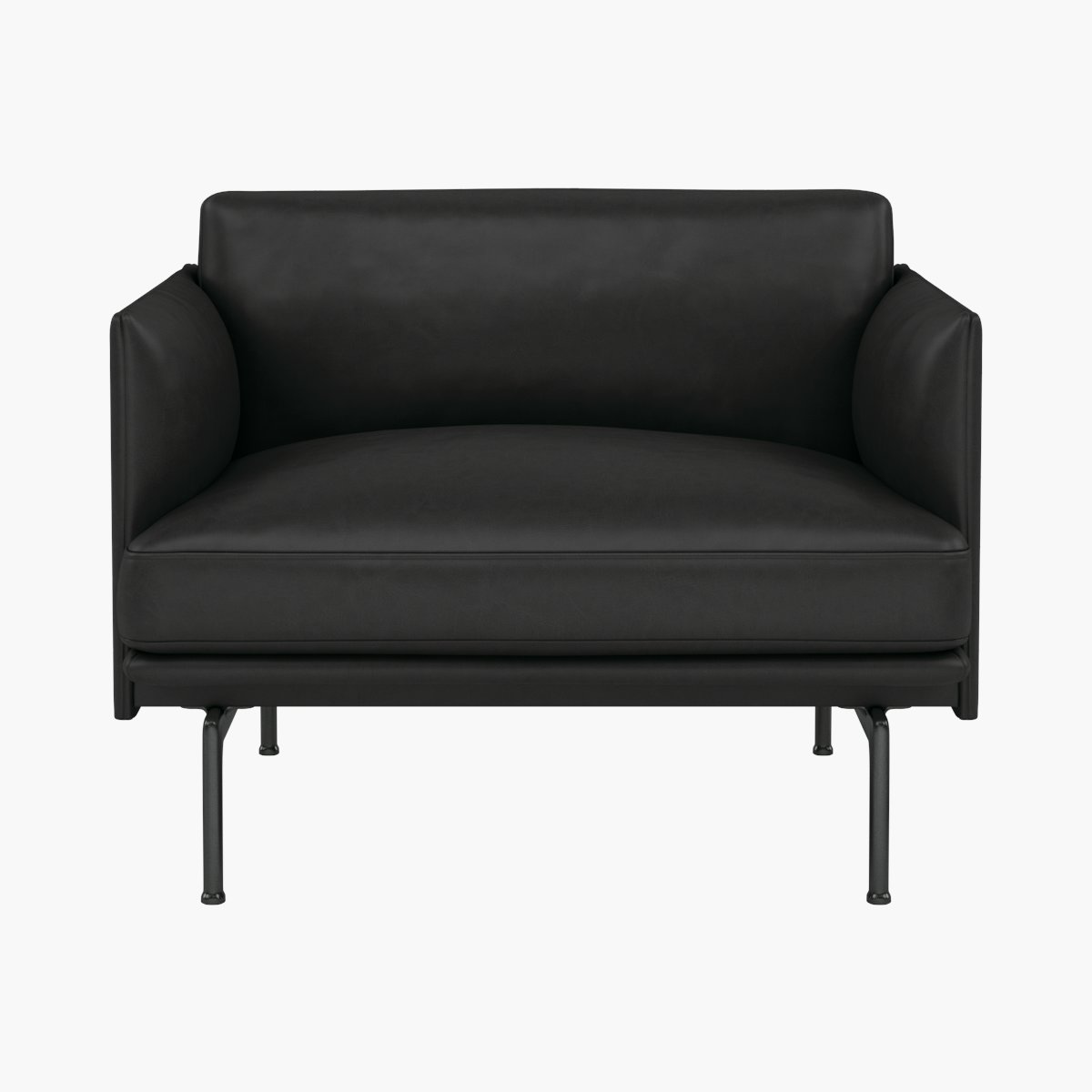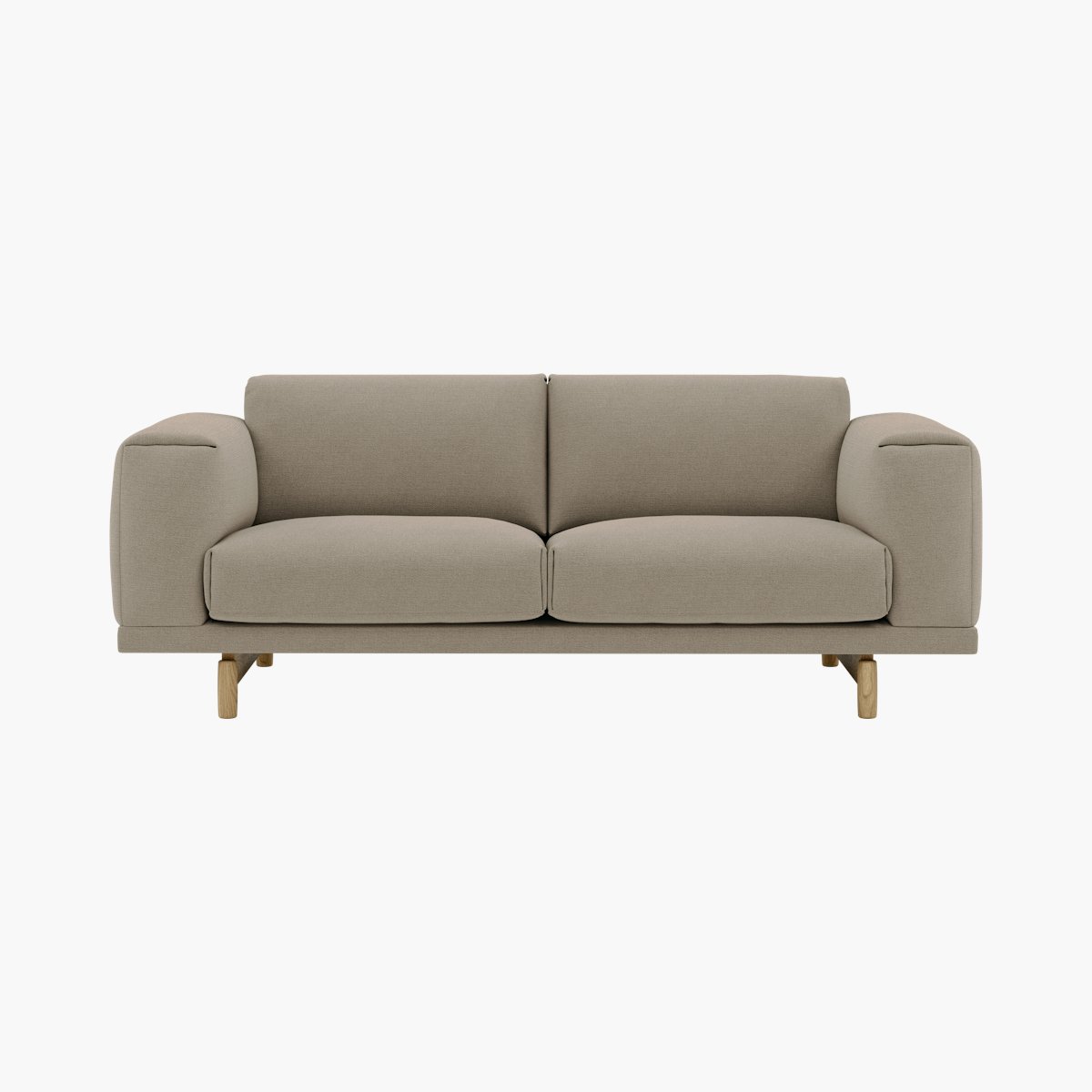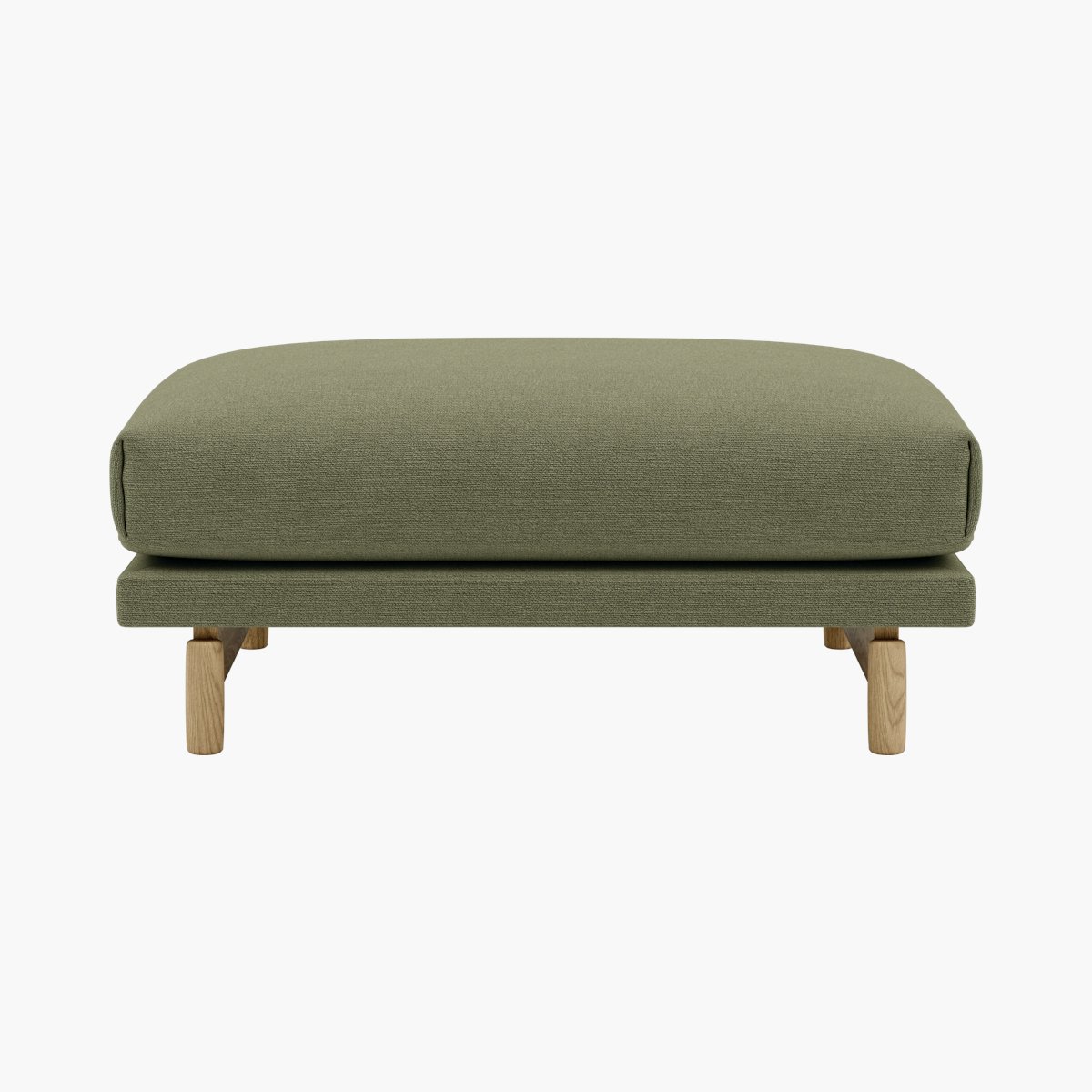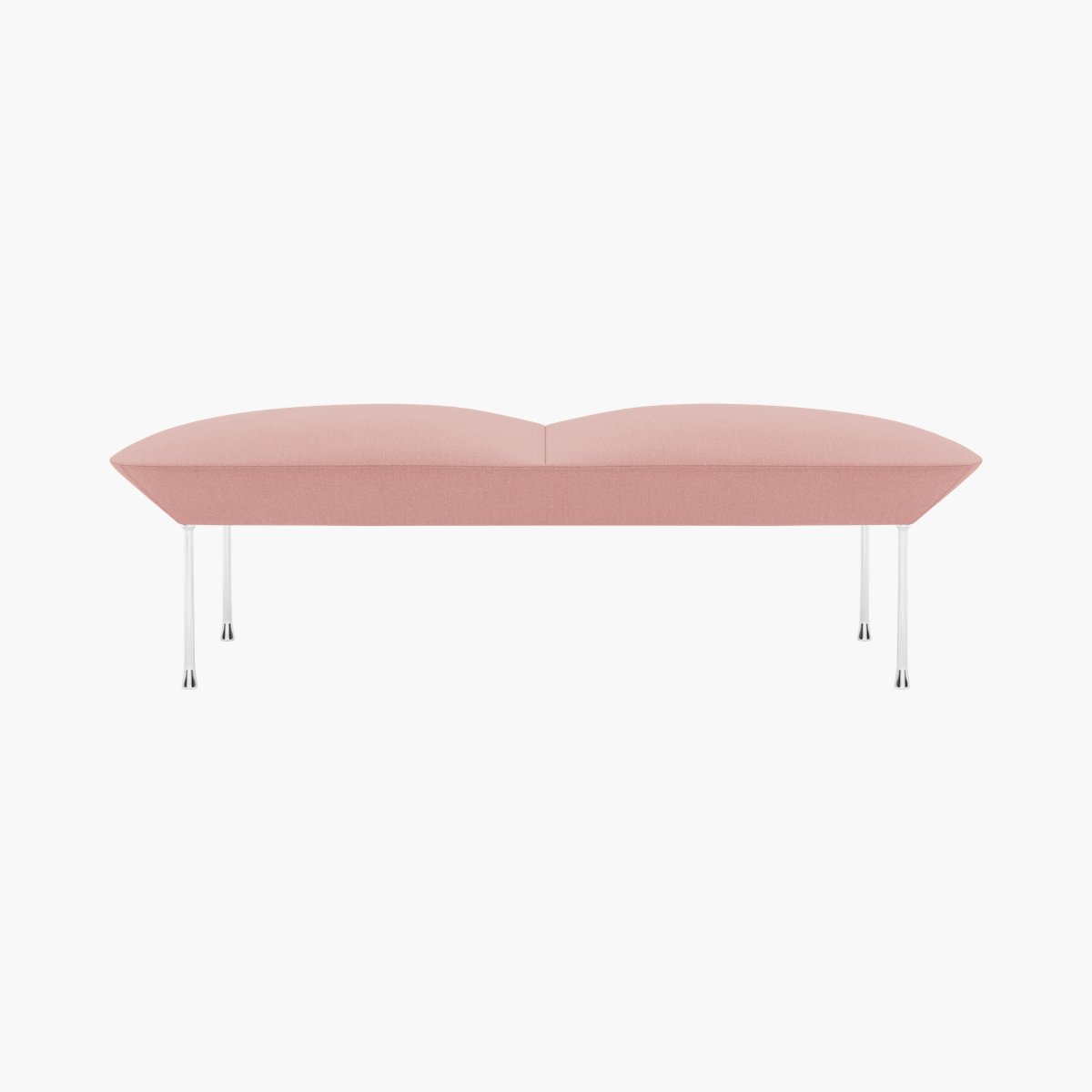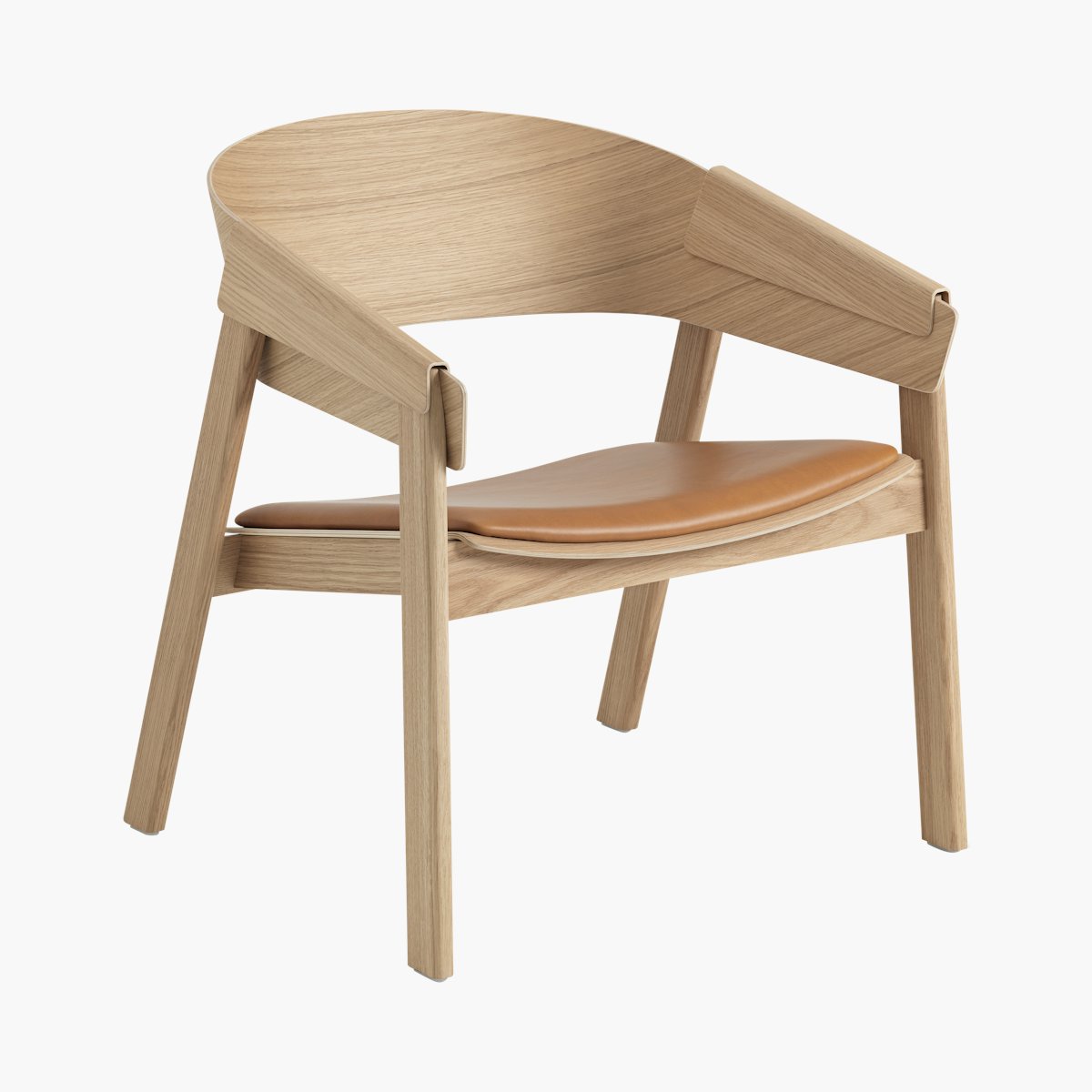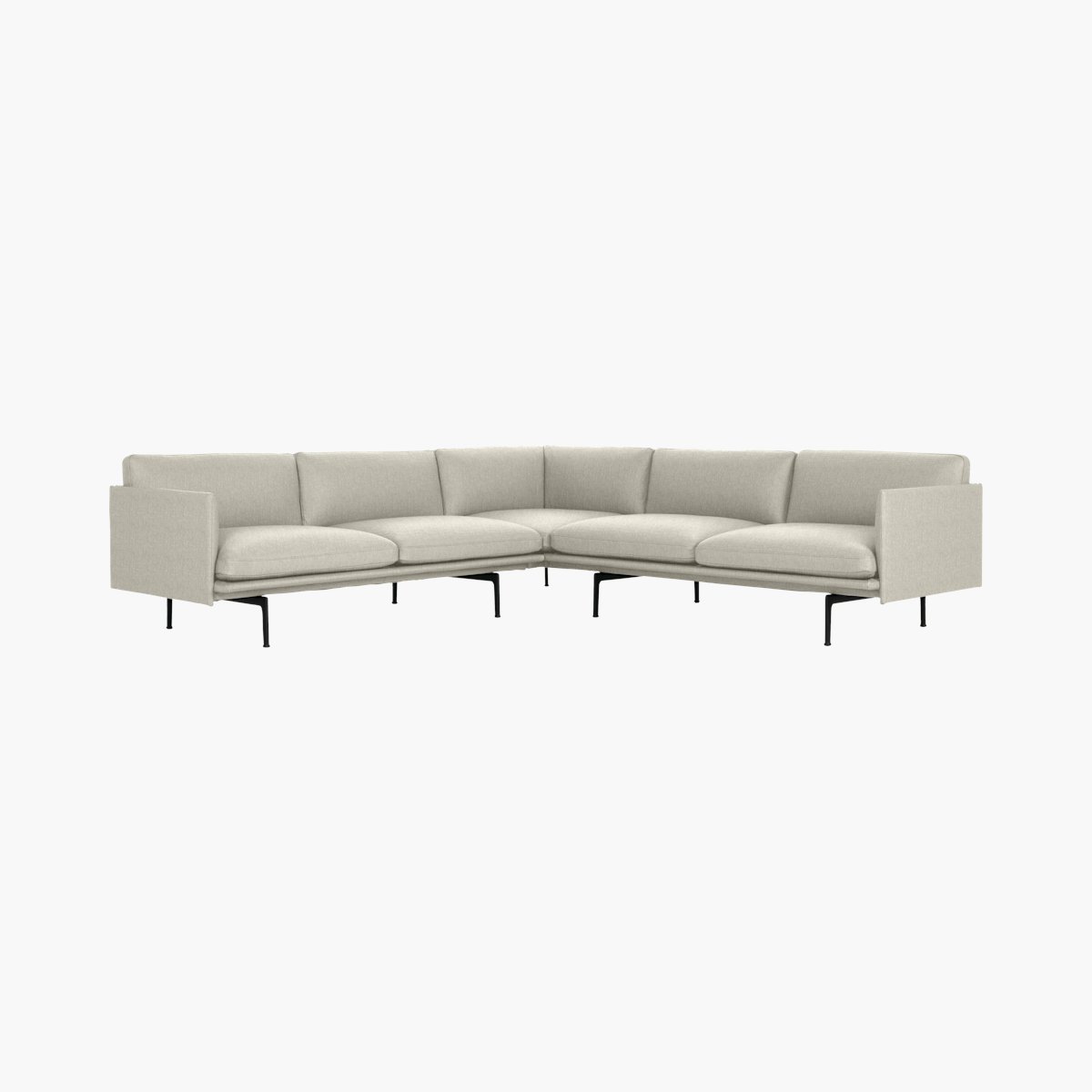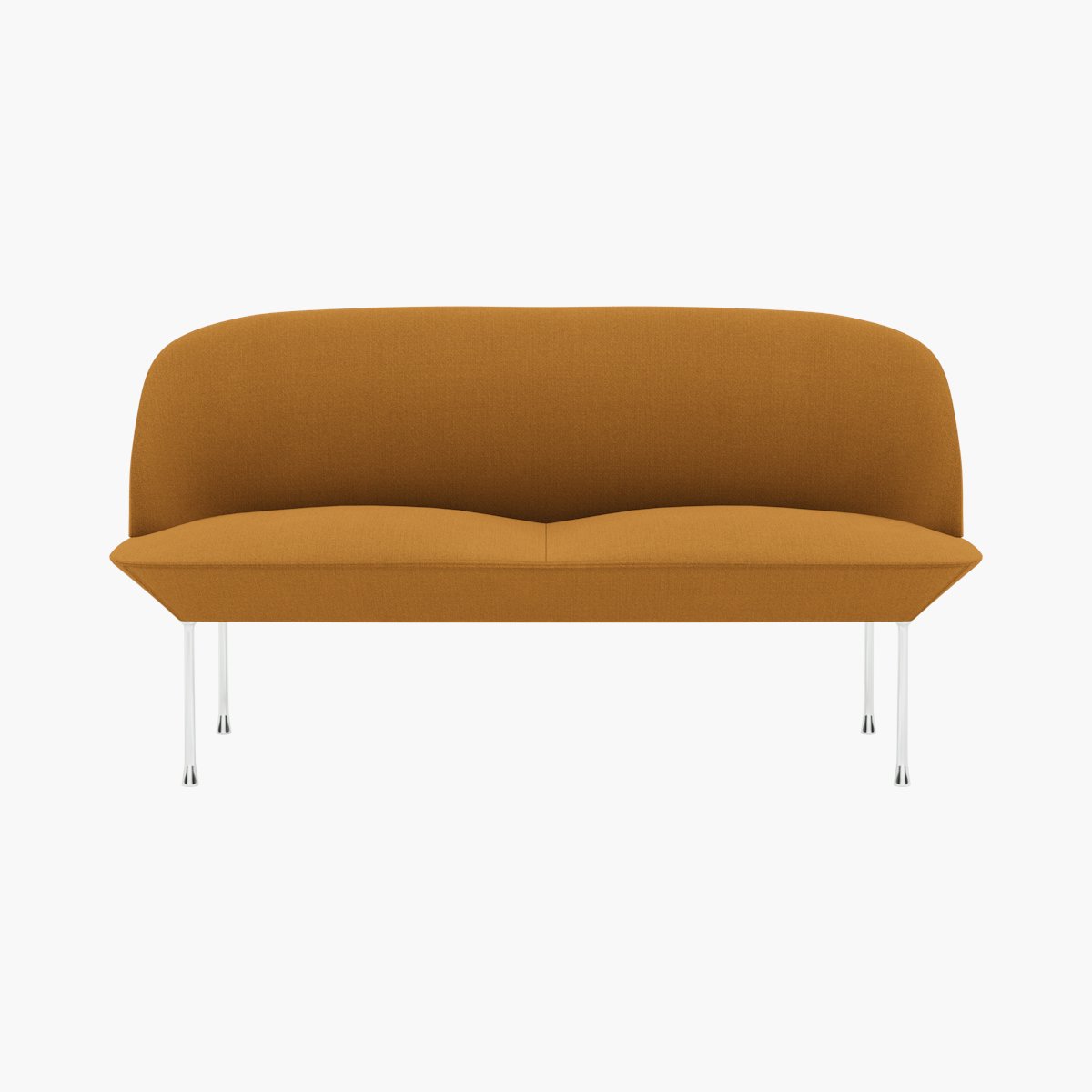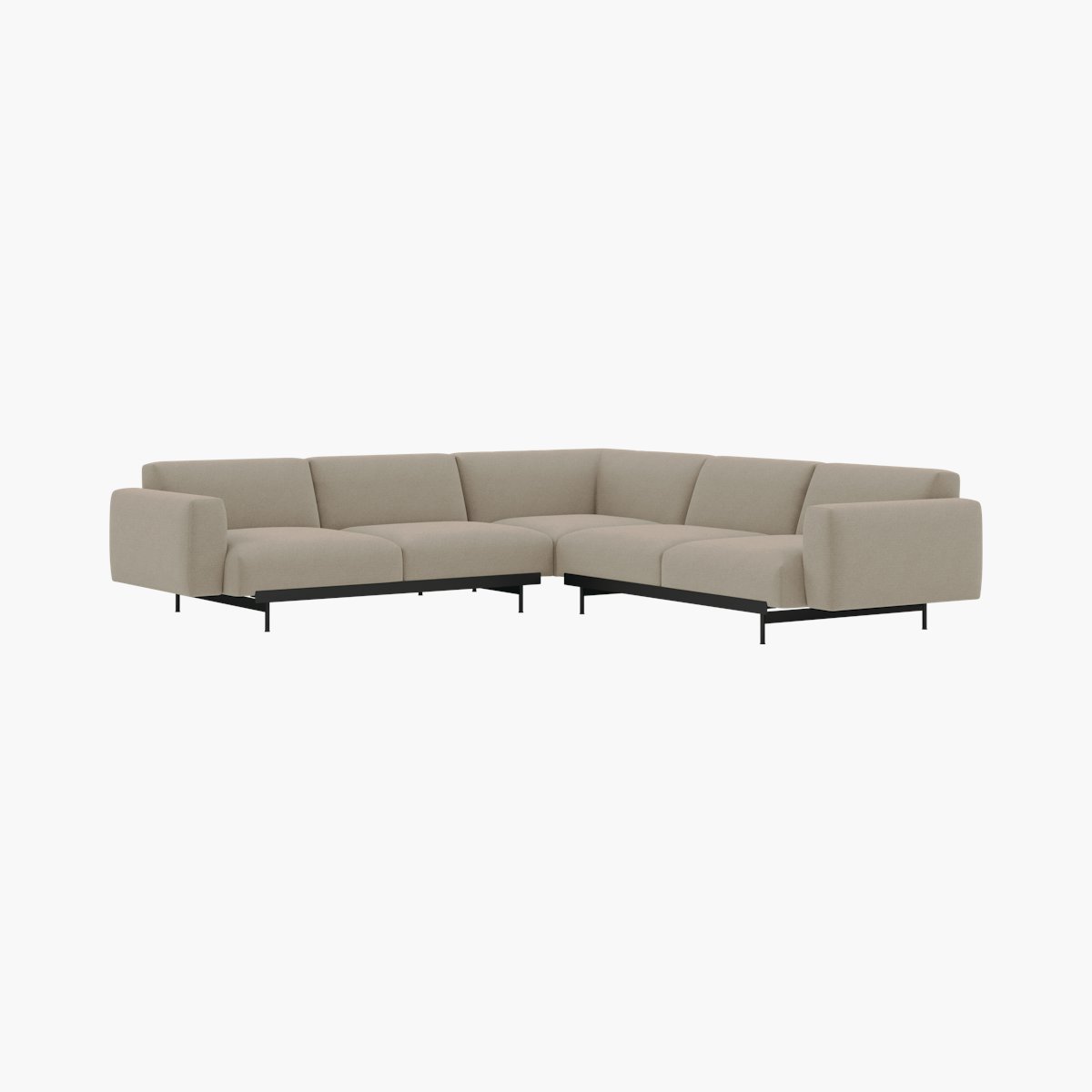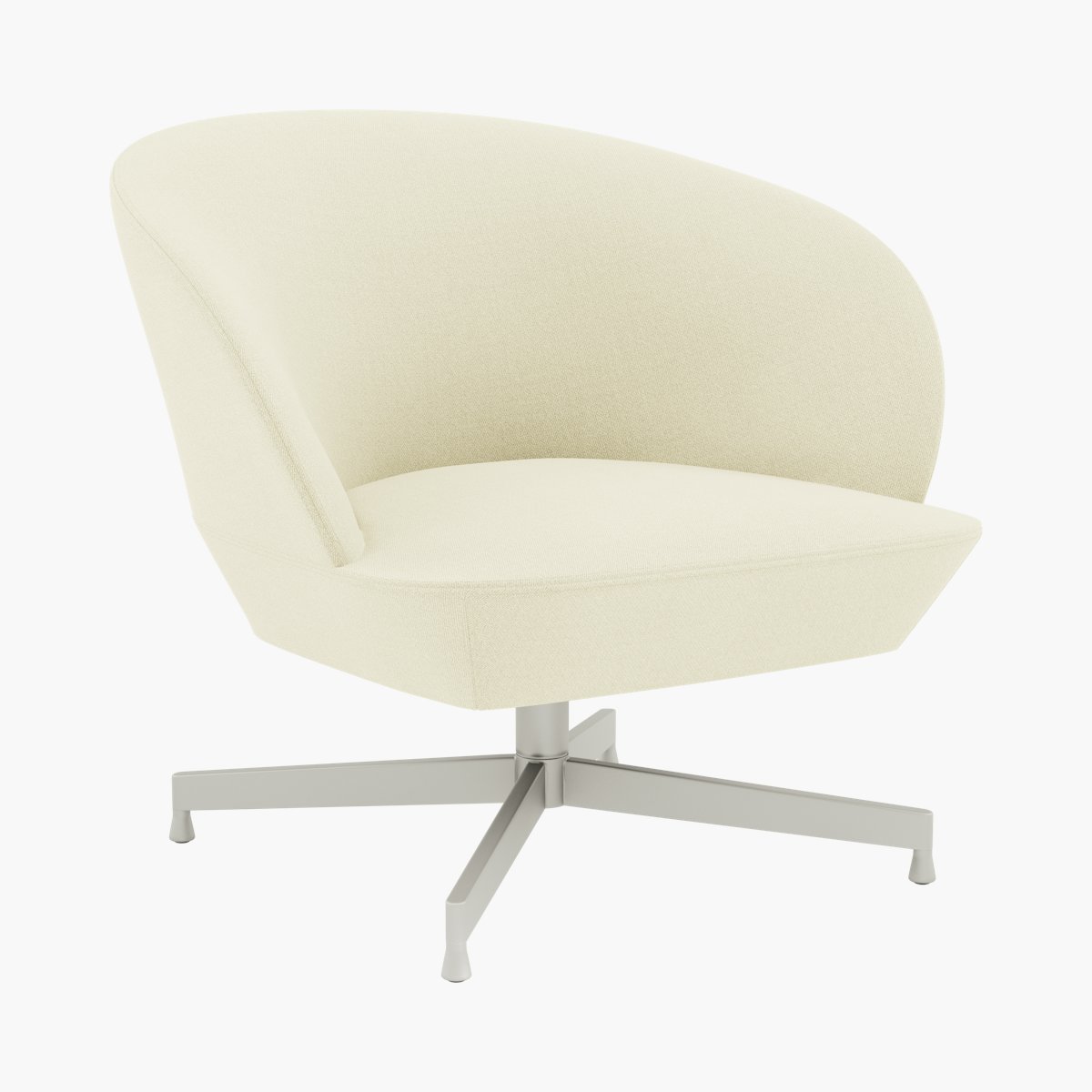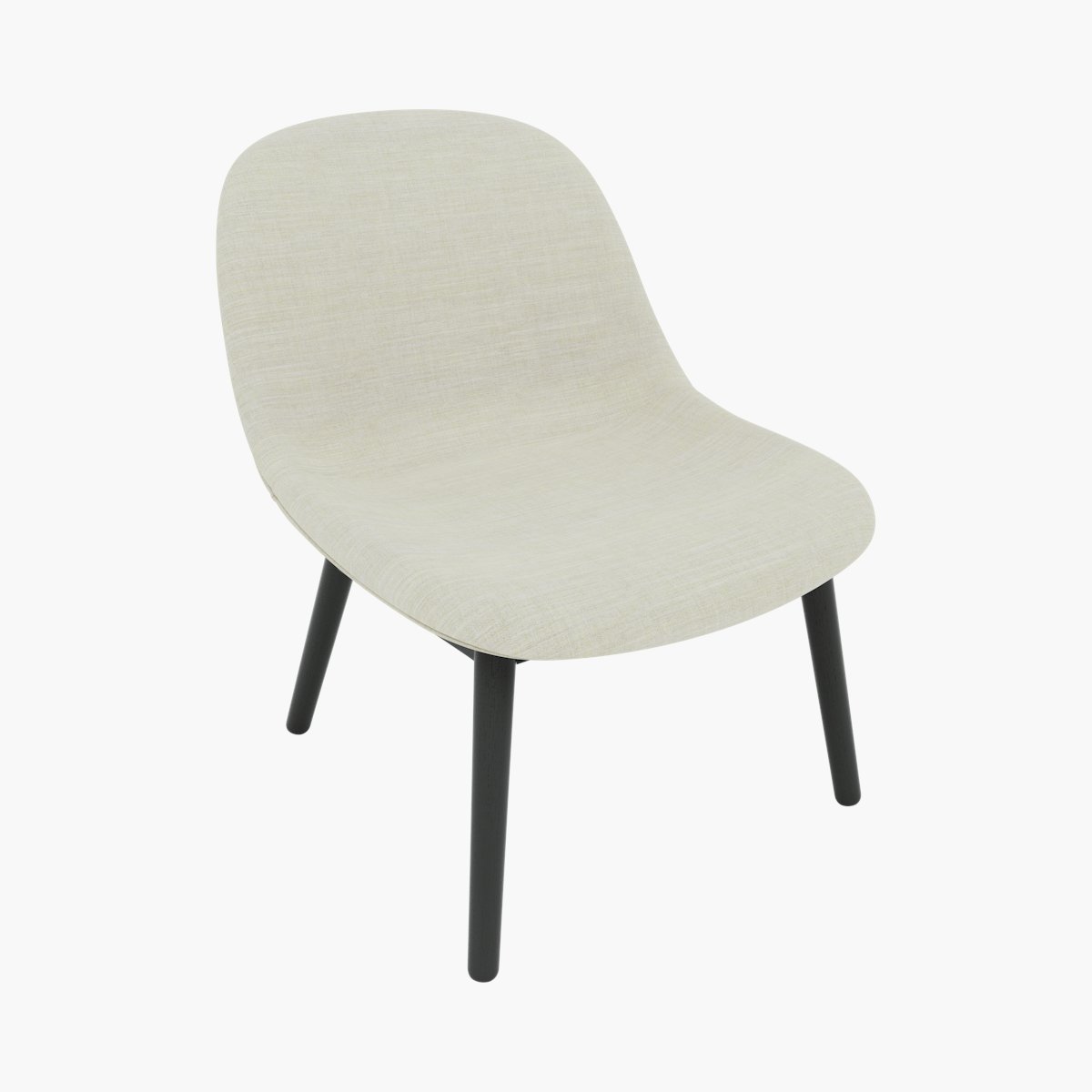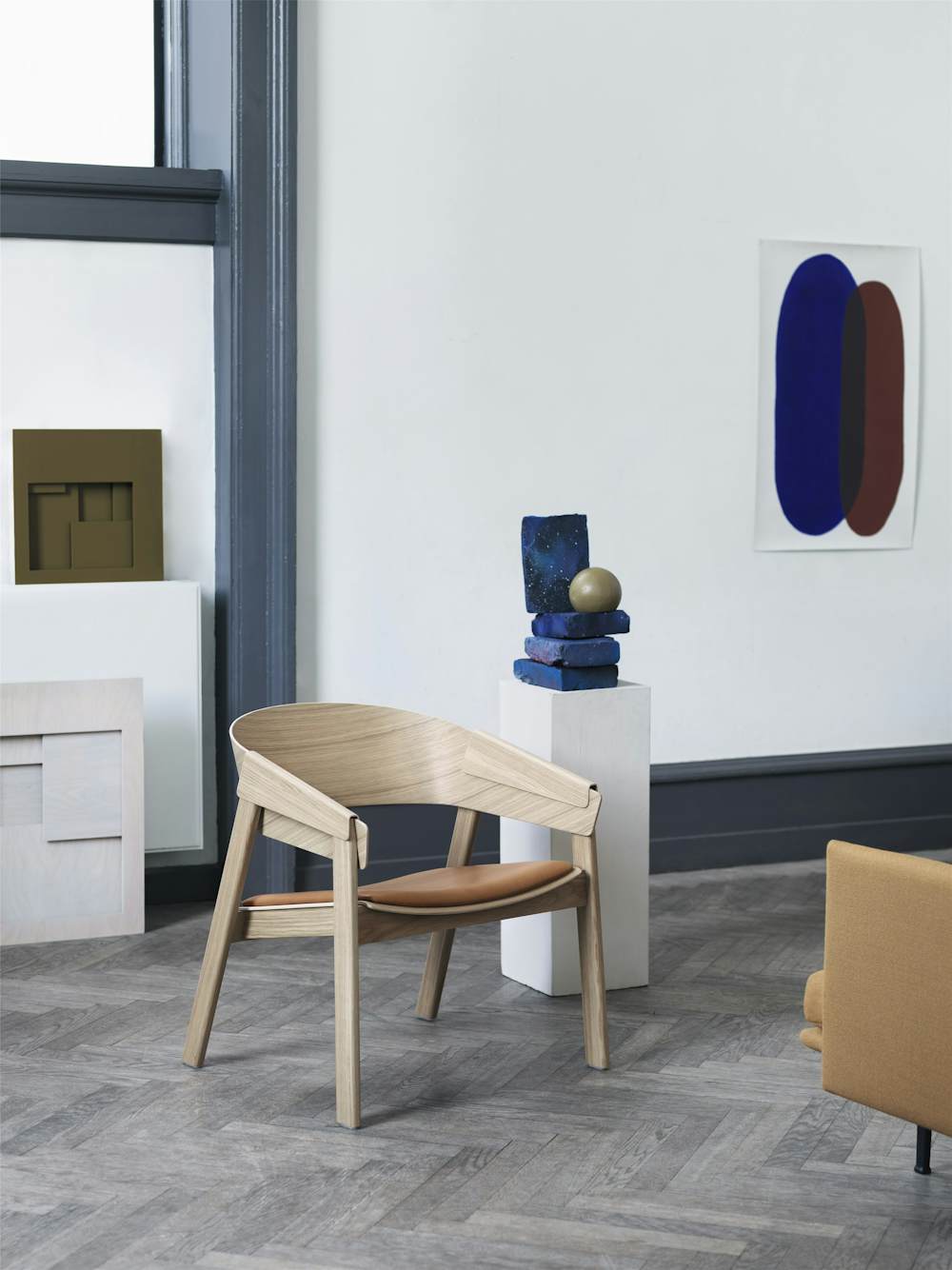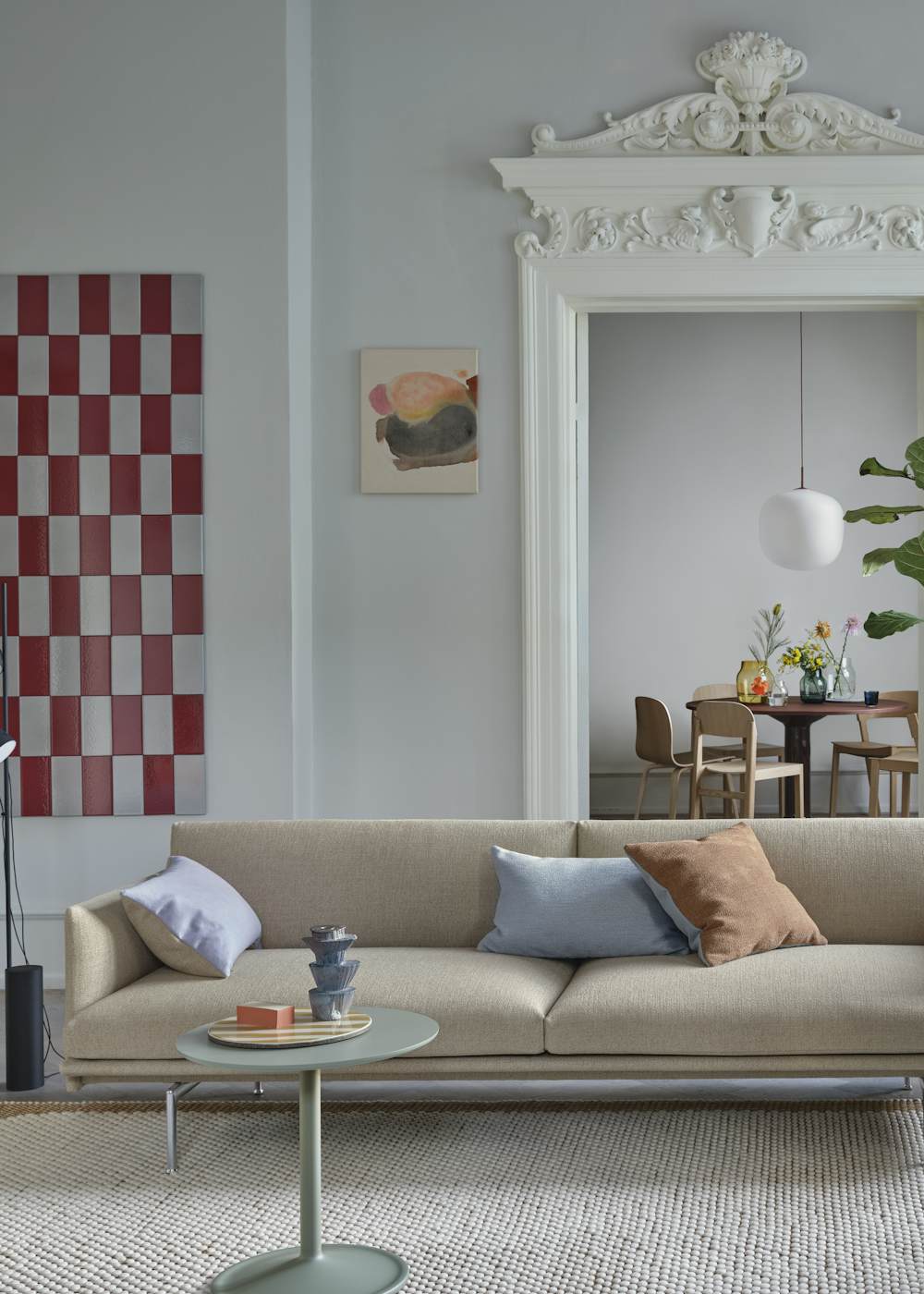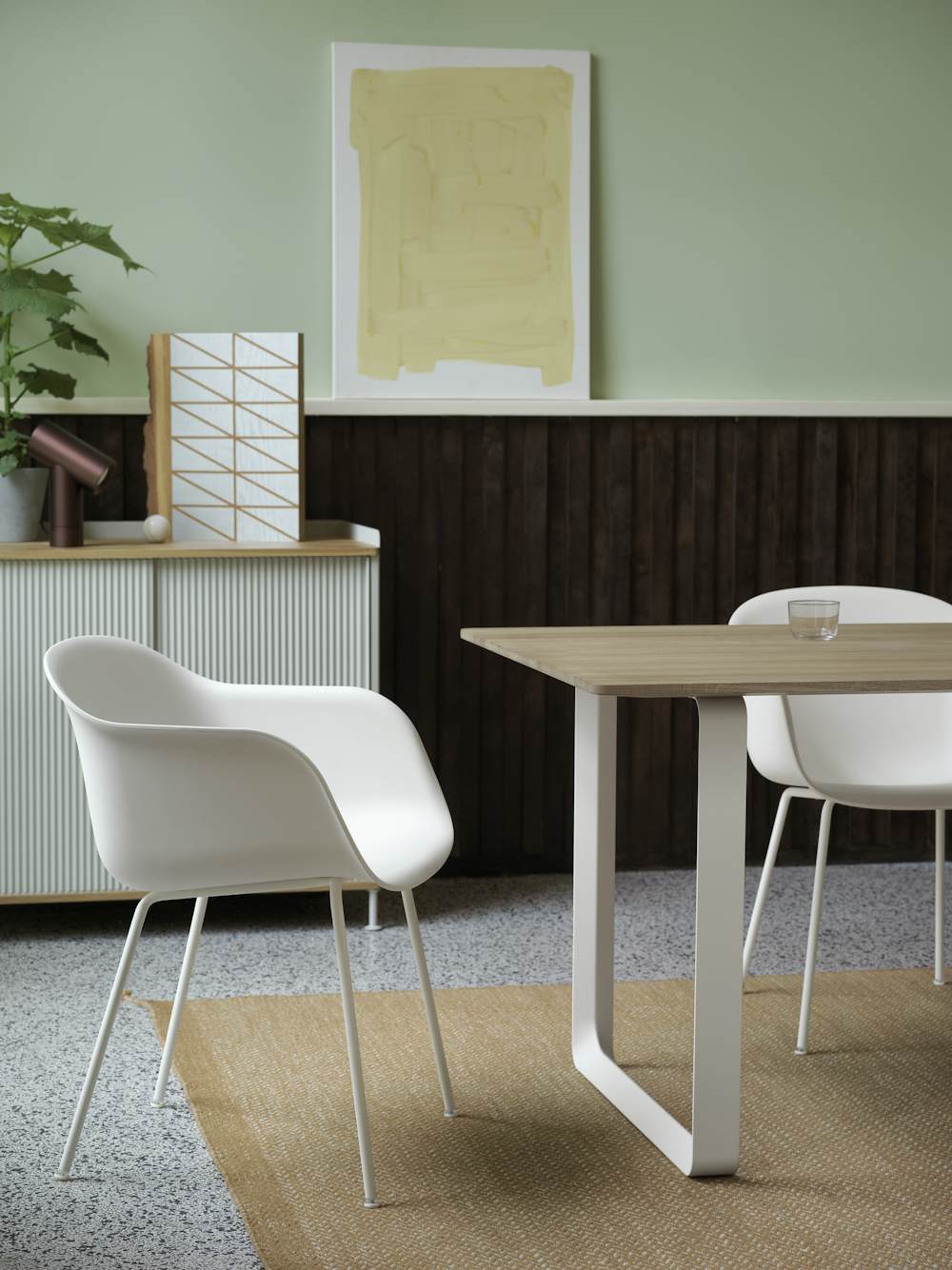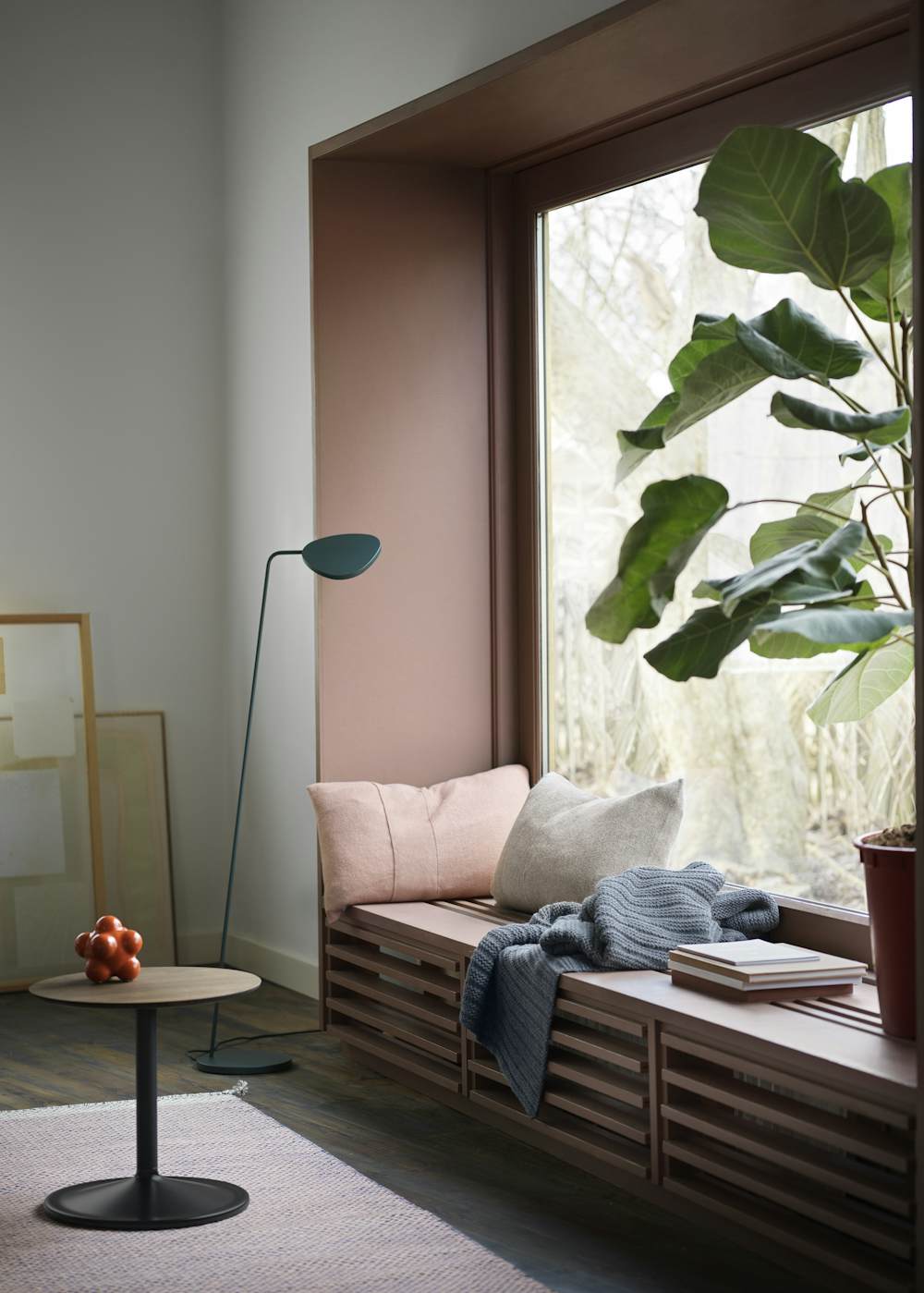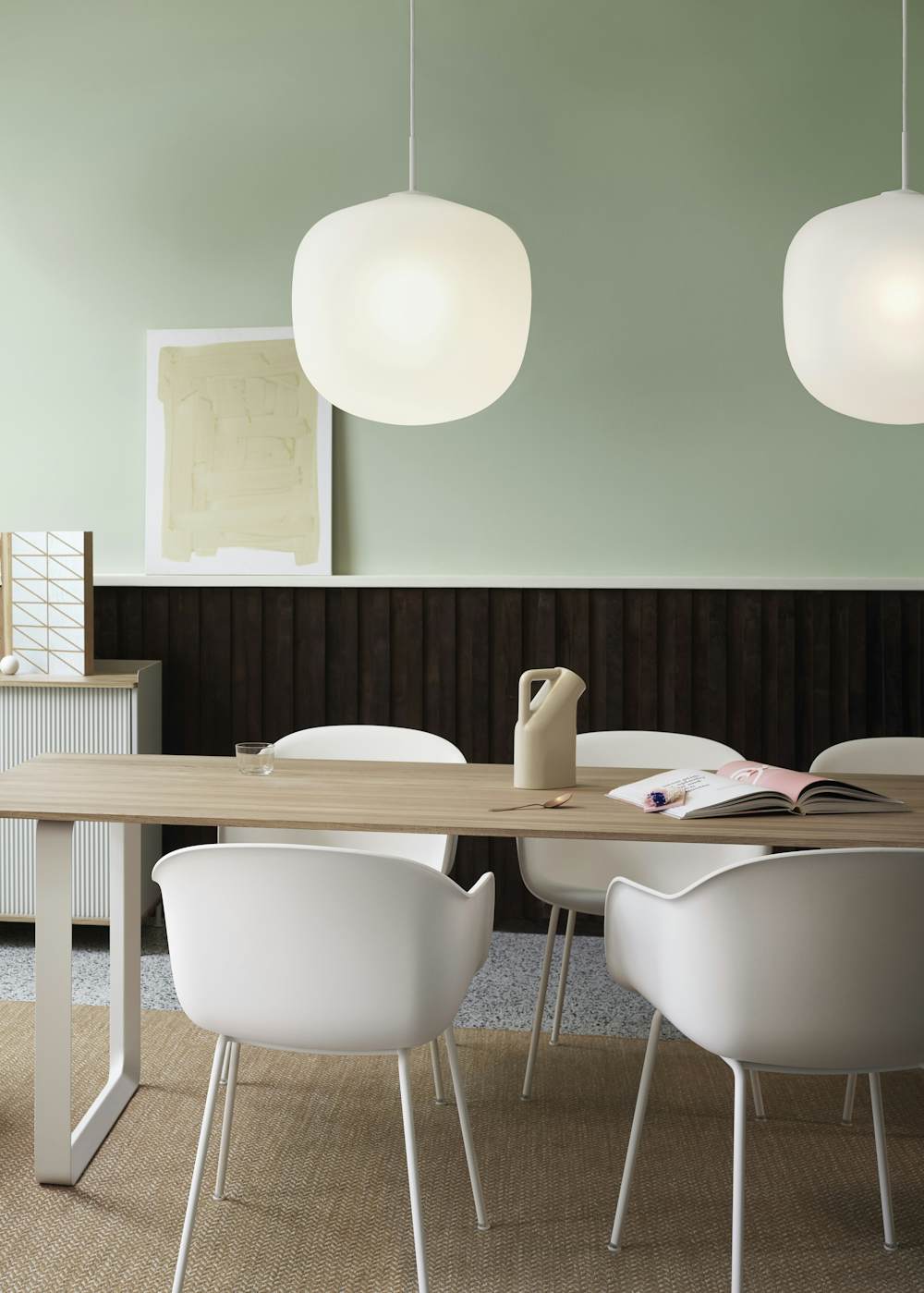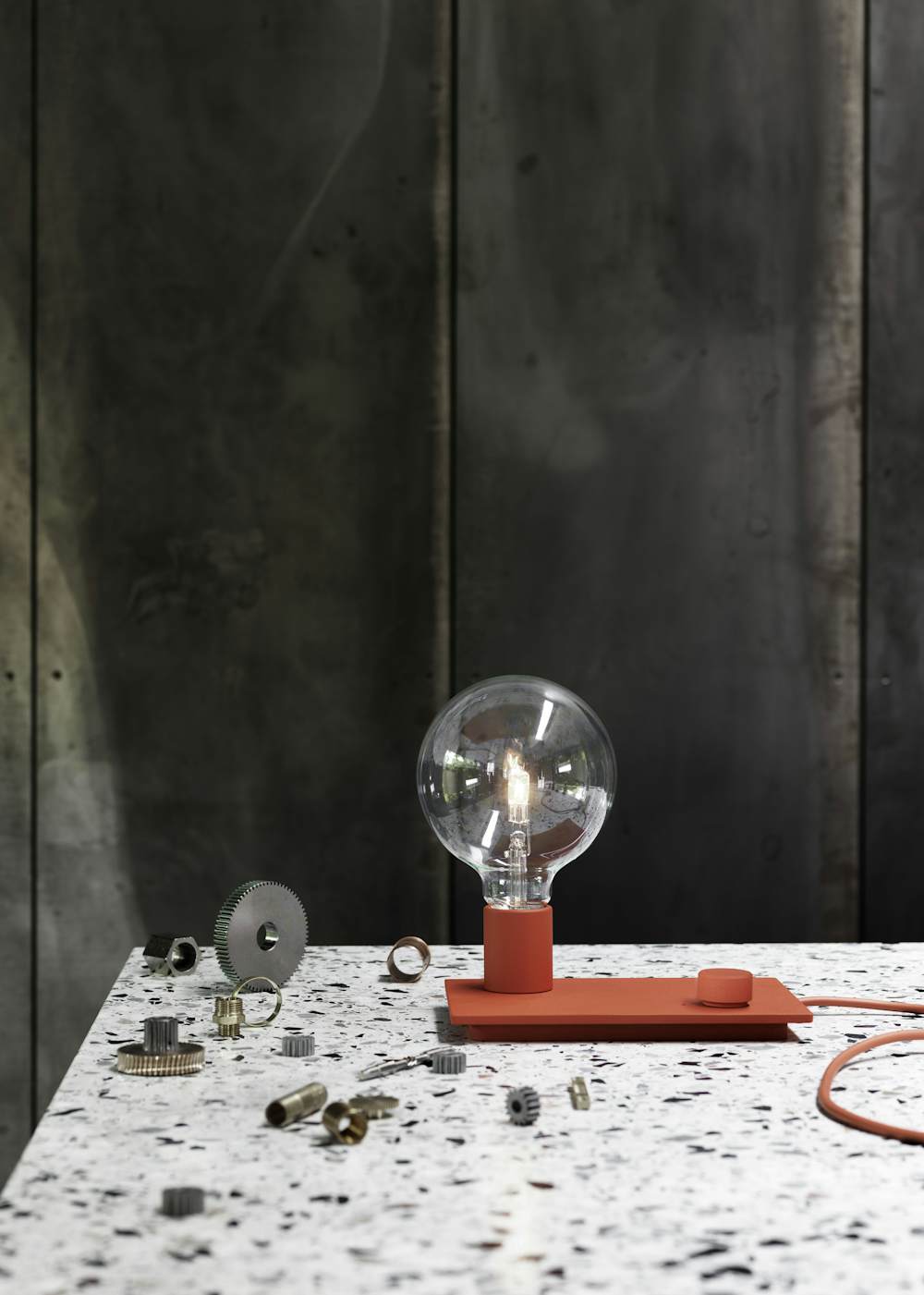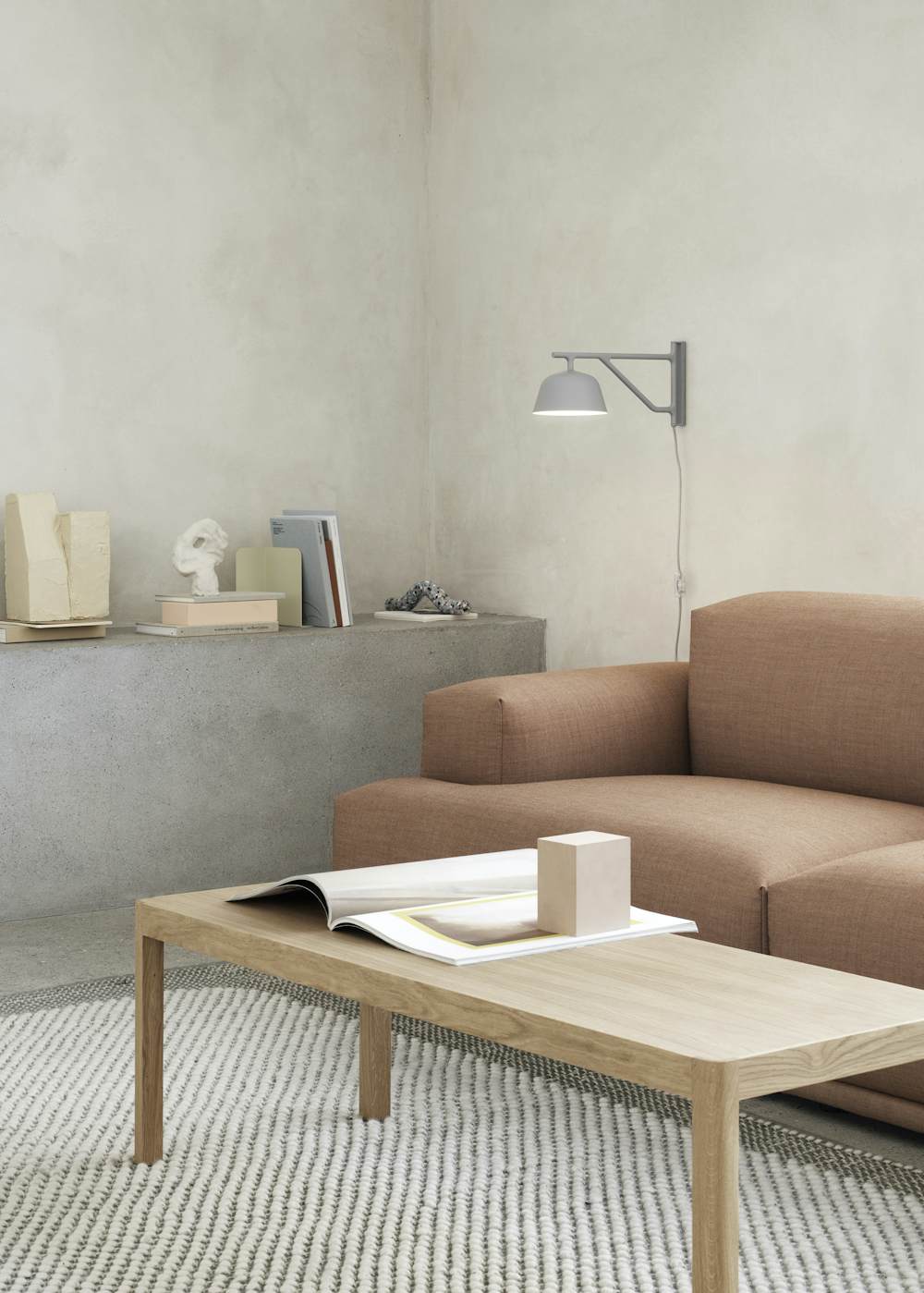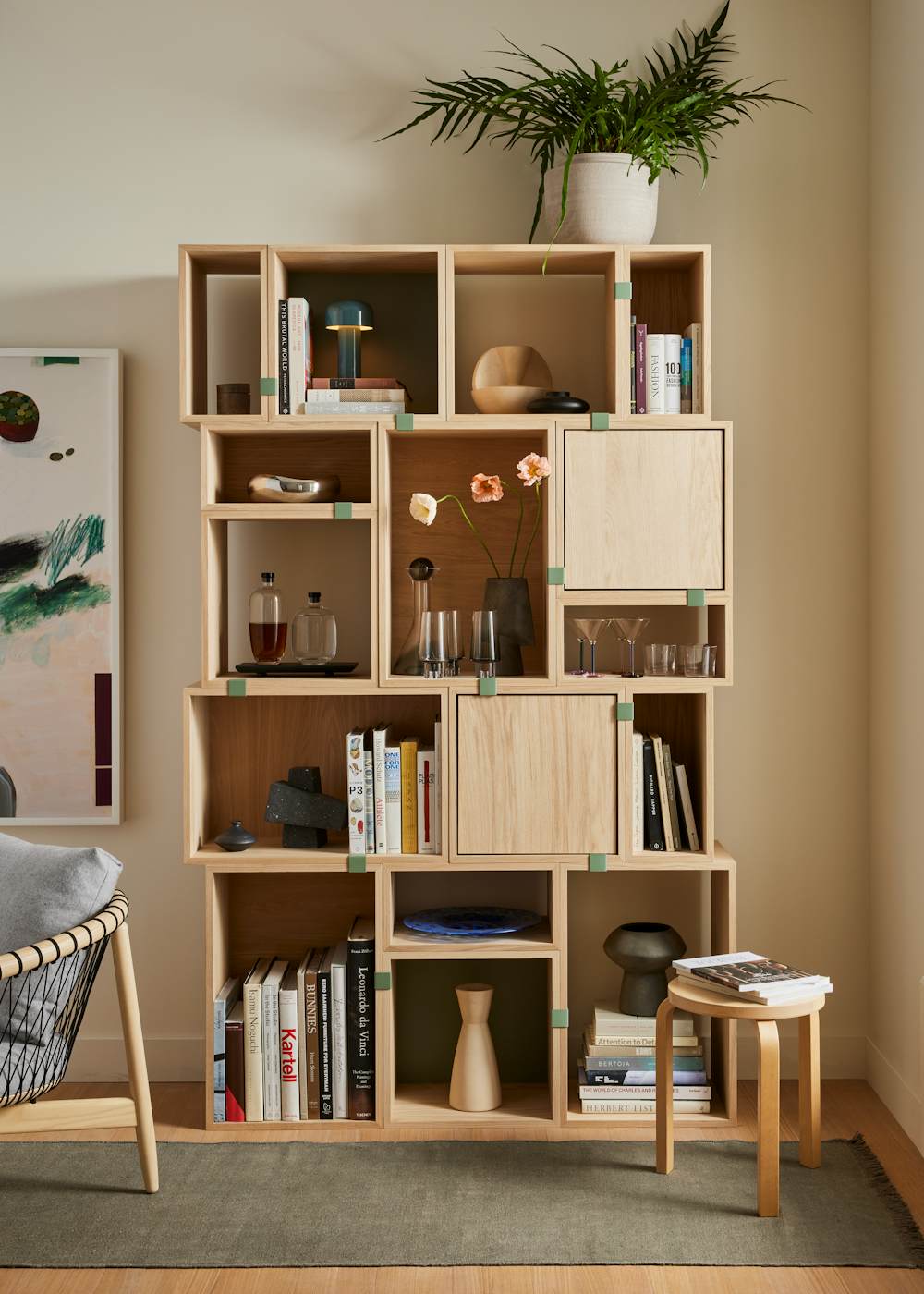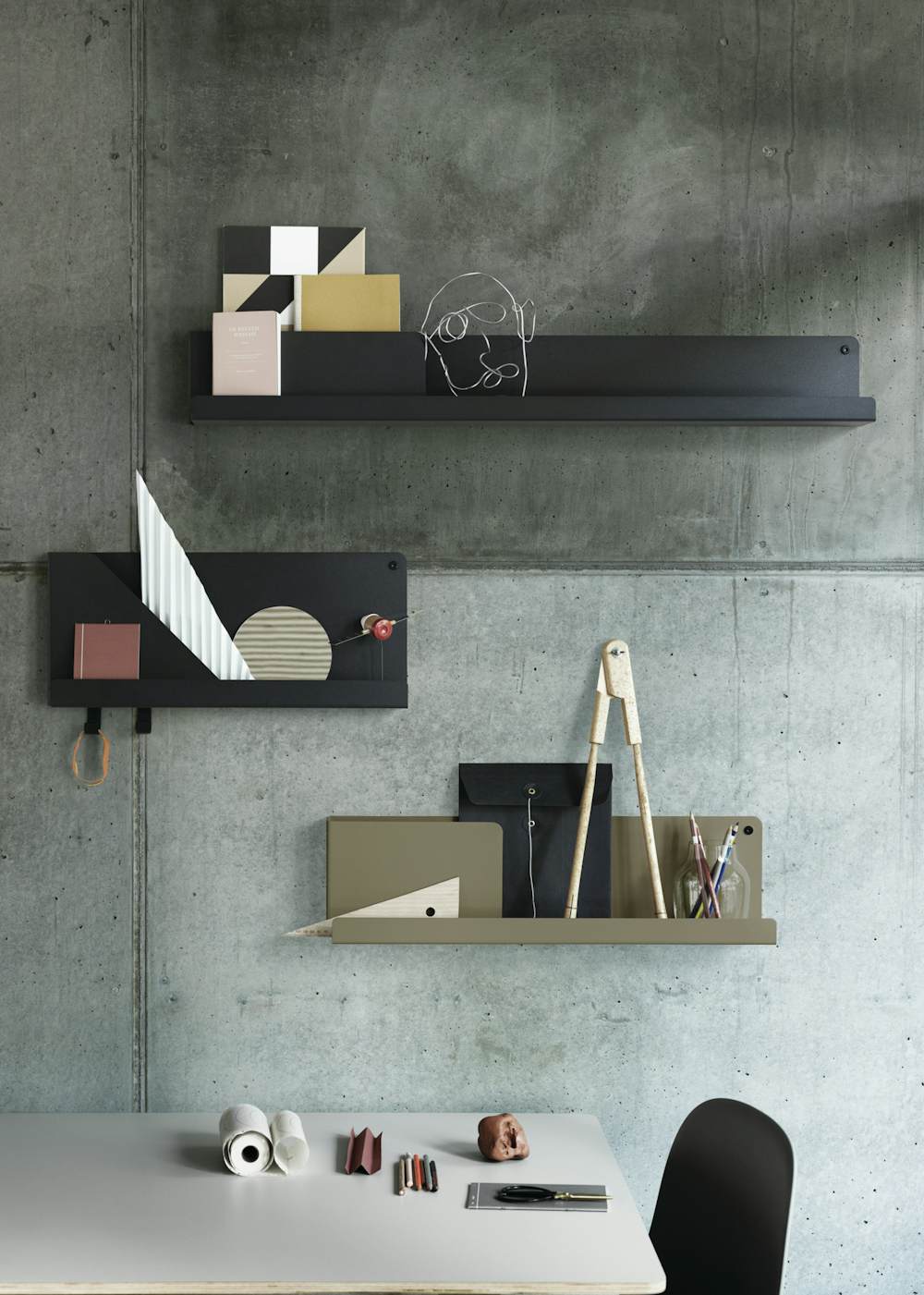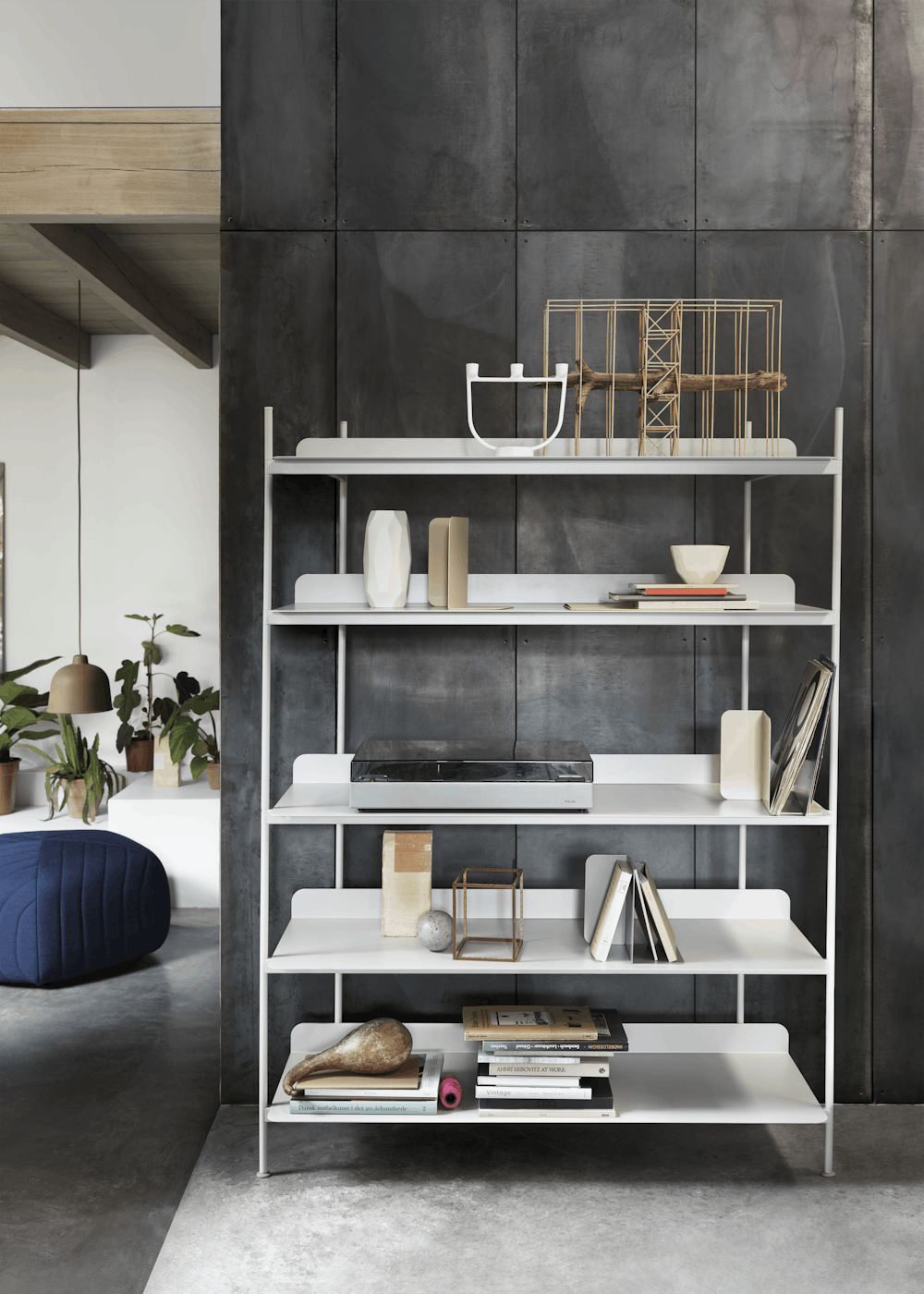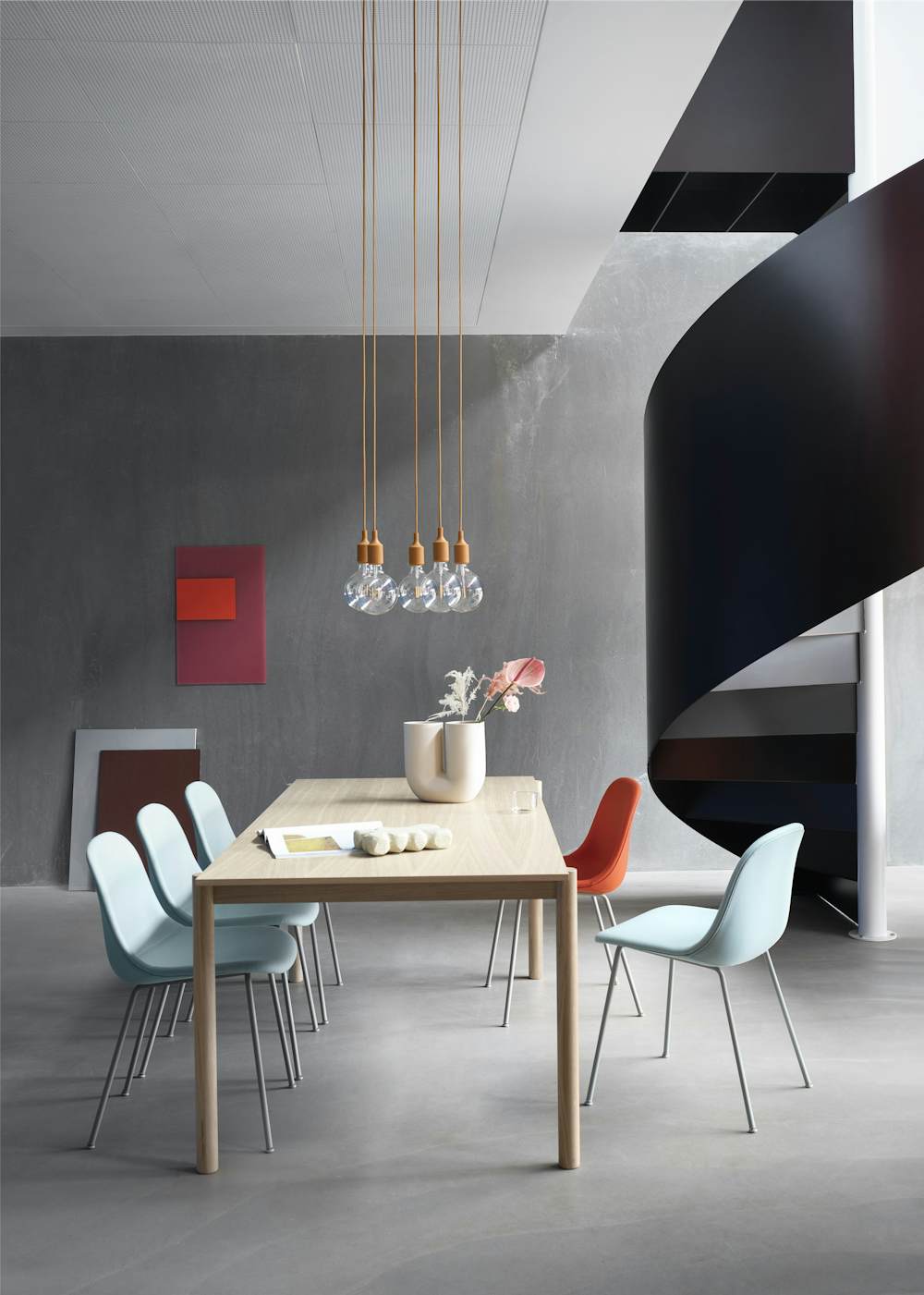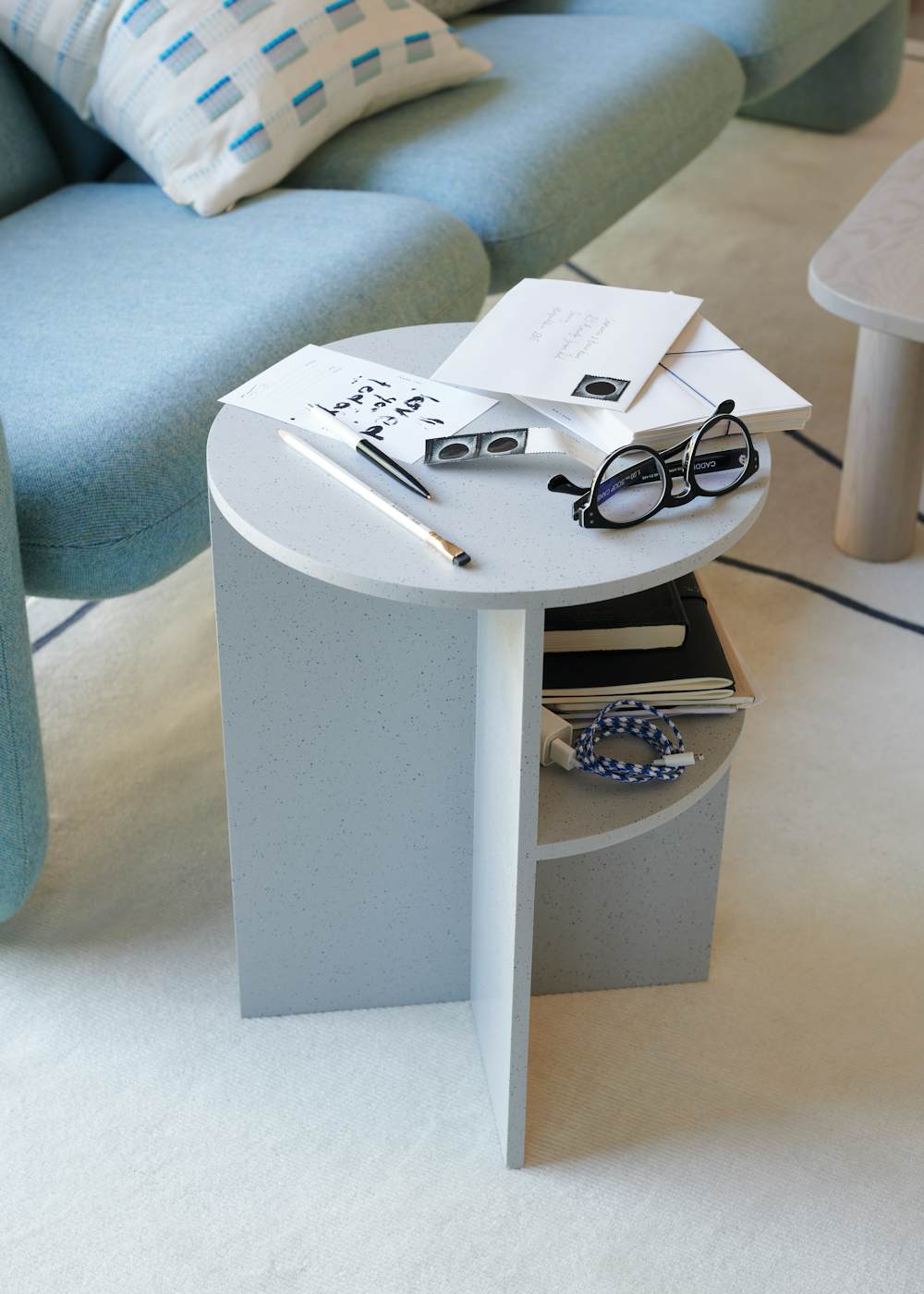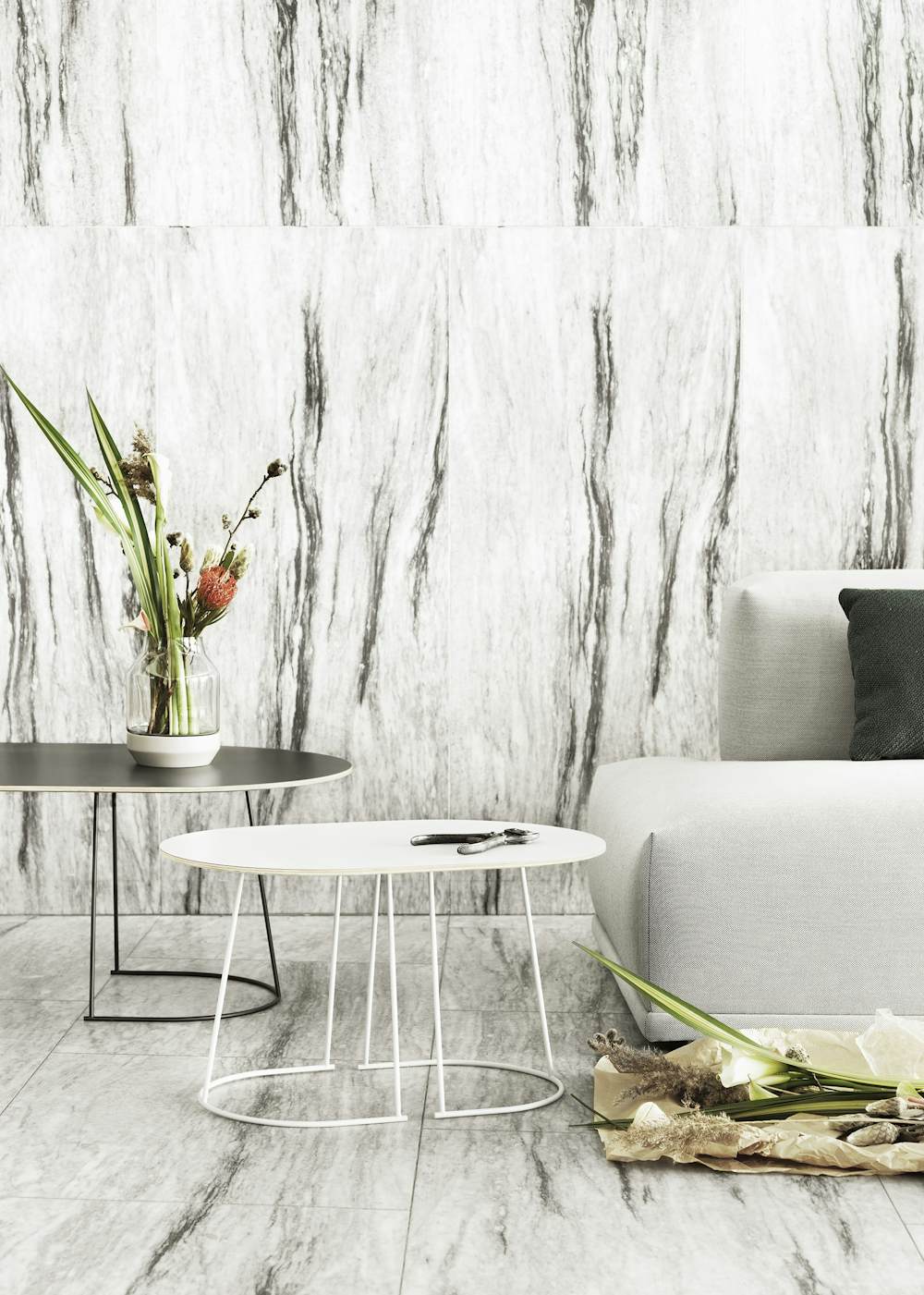New perspectives — Muuto is rooted in the Scandinavian design tradition characterized by enduring aesthetics, functionality, craftsmanship, and an honest expression.
They handpick leading contemporary designers who are strong interpreters of their philosophy and combine those talents with the passionate Muuto creative team. You will know their design because it has muutos: objects made sublime through new perspectives, enjoyed across the world, representing the best of Scandinavian design today.
View
What is Scandinavian Design?
Scandinavian design is characterized by a combination of sleek minimalism with colors and materials that reflect nature. Scandinavian furniture often appears in muted greens, browns, and blues and is made of a lightweight metal or wood with clear grain. Another hallmark of Scandinavian design is pieces that are both functional and sculptural. This means furniture that is visually striking and beautiful, while also being durable and useful.
Scandinavian Seating
A Scandinavian chair (also commonly referred to as a “Scandi Chair”) is a piece of furniture designed to meet at the intersection of three objectives: functional, comfortable, and elegant. Employing the modern style found in other Scandinavian design, Scandinavian chairs are often made from light or stained wood, although other materials such as steel and recycled plastic are sometimes used, and can be found in both neutral colors as well as muted blues and greens.
Types of Scandinavian Seating
Loung Chairs
Modern Scandinavian lounge chairs tend to be hyper minimalist in form. The Outline Studio Chair has a short, deep seat and is upholstered in soft fabric or leather. It provides a stylish but welcoming place to sit and has clean lines that make it suitable for a wide variety of home designs. The Cover Lounge Chair is built of the same light wood and wood/recycled plastic bio-composites that are found in other areas of Scandinavian design, while still having users’ comfort and back support as a design priority.
Sofas
Scandinavian sofas represent the ultimate form of living room functionality. With simple, stylish designs that can be modified to fit any space needs, Scandinavian sofas are refined pieces that complement living spaces without overpowering them. These sofas are built in both traditional and modular forms, enabling people to either design their homes around timeless pieces like the Outline Sofa or reconfigure their In Situ Sectional’s setup as their needs change. Scandinavian sofas are upholstered in either leather or fabric and come in a wide variety of colors, making them the perfect choice for homes that want seating that is both beautiful and comfortable.
Dining Chairs
More striking than their non-Scandinavian counterparts, Scandinavian dining chairs often have unusual minimalist forms that make them incredibly functional. With longer, thinner legs and a classic shell chair silhouette, the Fiber Dining Chair provides a comfortable, supportive place to sit while emphasizing the beauty of the surrounding space. Generally, Scandinavian dining chairs are made from light wood, although they can also be made from darker stained wood, recycled plastic, a wood/plastic bio-composite material, or steel.
Scandinavian Lighting
Scandinavian lighting is a form of lighting design that combines sleek minimalism and warm light to create a cozy atmosphere. Generally, Scandinavian lighting emphasizes multiple light fixtures that are strategically placed around a room rather than one central piece. The fixtures themselves are understated in design, featuring smooth lines and curves that are both elegant and functional. Their materials’ color scheme tends to reflect natural elements and colors, so light fixtures can be found in neutrals such as black or white, as well as in rich greens, blues, and oranges.
Types of Scandinavian Lighting
Floor Lamps
Simple and elegant, Scandinavian floor lamps are designed to create pockets of space within rooms. They can have both traditional angled lamp shades and more modern flat lamp heads. Built with functionality in mind, the Post Floor Lamp is dimmable and adjustable so it can be used to light wherever it needs to, however it needs to. The Leaf Floor Lamp’s head is flat with an offset ovular design to reflect its namesake. And with a floor switch to improve ease of use, the Pull Floor Lamp can be activated with the tap of a foot.
Pendant Lights
A staple in Scandinavian design, pendant lamps are light fixtures that hang from the ceiling using a suspension cord. Pendant lights are often used to illuminate kitchen islands and dining room tables, although their versatility means they can be implemented throughout a living space. Larger pendant lights like the Ambit Pendant and the Rime Pendant Lamp can be used as singular statement pieces but are also particularly effective when used in groups. Pendant light lamp shades recall the fluidity and color scheme found in nature, coming in curved olive greens and scalloped smoky greys. In their simplest form, E27 Pendant Lights resemble basic light bulbs, adding a striking yet attractive industrial element to any home.
Table Lamps
Scandinavian table lamps are designed to create localized lighted areas on desks and shelves. Available in black and silver, as well as nature-based colors such as forest green and terracotta red, the Leaf Table Lamp is stylish in any setting. Table lamp shades come in a variety of shapes, including the traditional conical and modern flat lamp heads. Scandinavian table lamps also come in more unique forms like the Control Table Lamp, an upright light bulb with adjustable dimness.
Wall Sconces
Providing an unobtrusive lighting option, Scandinavian wall sconces are designed to highlight specific sections of a home’s living space. Built with the same sleek style of other lighting forms, wall sconces come in neutral colors to match existing home décor. Whether they have a sleek conical design or a bell-shaped lamp design like the Ambit Wall Lamp, wall sconces are a timeless accent in Nordic lighting. And with adjustable heads and dimmable lights, minimalist wall sconces are both practical and tasteful.
Scandinavian Shelving and Storage
While Scandinavian storage is practical first, it’s often built so it adds to the overall room design. This means modular storage systems that can be reconfigured as your needs change, simple but colorful wall-mounted shelves, and sideboards that combine minimalism with a striking industrial aesthetic.
Scandinavian Tables
Among all categories of Scandinavian furniture, Scandinavian tables are perhaps the most defined by minimalism. Composed of sleek, elegant lines, Scandinavian tables are designed to complement the aesthetic of whichever room they’re in. They are often made of materials meant to reflect nature, such as lightweight woods and metals, and can appear simple in design. However, what Scandinavian tables lack in surface detail, they balance with unusual, intentional form, such as architectural legs or an ovular surface.
Types of Scandinavian Tables
Dining Tables
While some details may vary, Scandinavian dining tables tend to come in one of two forms. The first is long and rectangular, designed to be the minimalist ideal of a traditional dining table. The Linear Table is the perfect example of this, with its understated elegant details constructed of light-colored wood. The other is a smaller, symmetrical cafe-style table. The Still Cafe Table is a circular and stylish option for seating up to four people and comes in classic neutral colors. While both forms make elegant dining tables, because of their simplicity they are also useful as cross-functional surfaces throughout the home.
Side Tables
Scandinavian side tables are minimalist pieces that can be used throughout the home, wherever a little extra storage or work space is needed. Because these are accent pieces, they can come in every form, from the simple round design of the Soft Side Table to the multi-level, sculptural piece that is the Halves Side Table.
Coffee Tables
Similarly, Scandinavian coffee tables come in many forms and sizes and are designed to fit the aesthetic of different living rooms. From traditional low rectangular coffee tables like the Workshop Coffee Table to taller oval coffee tables like the Airy Coffee Table, Scandinavian coffee tables have clean lines and muted colors. These tables can be used to elevate a design scheme or add an extra surface to a cozy home atmosphere.
